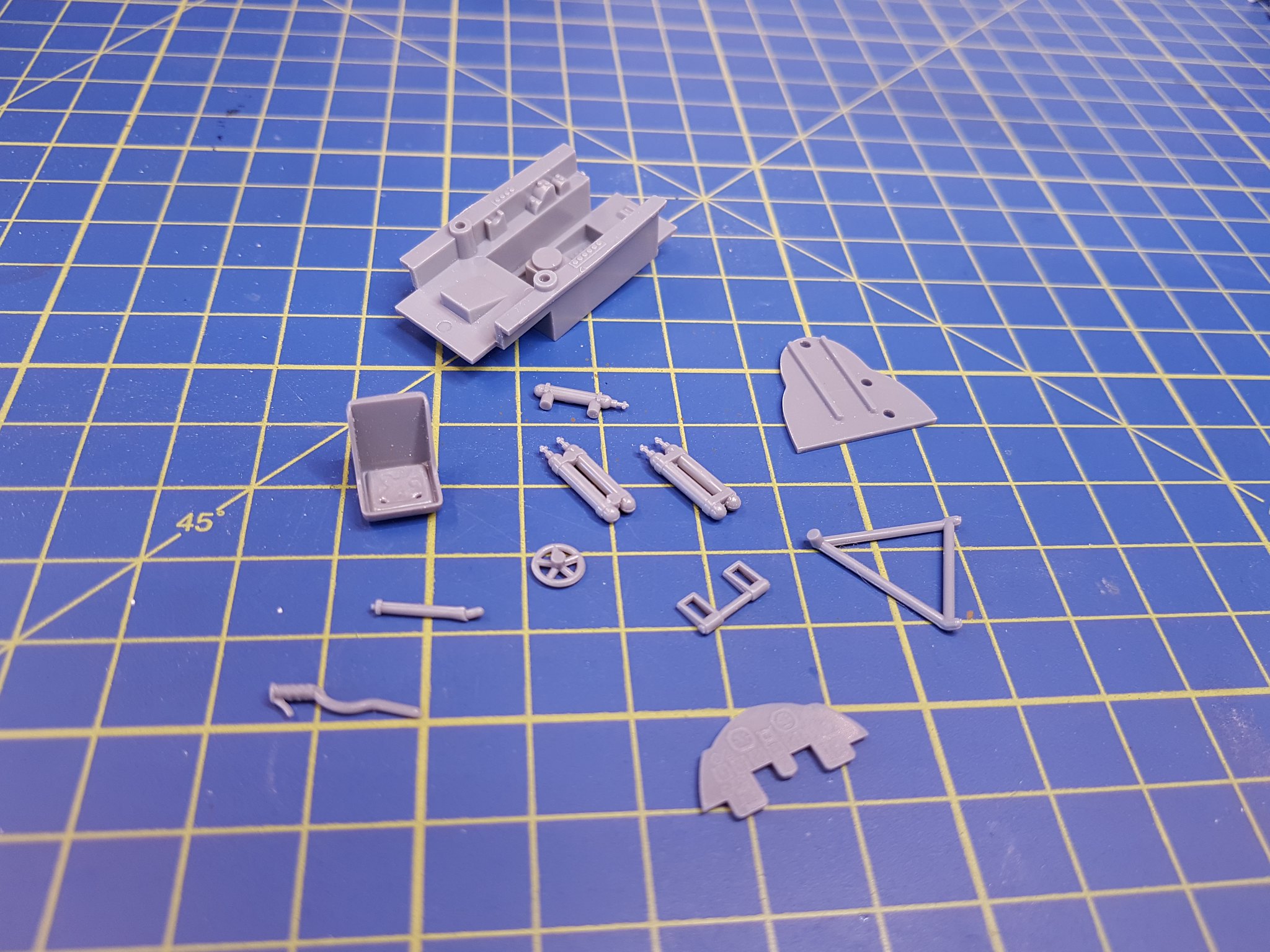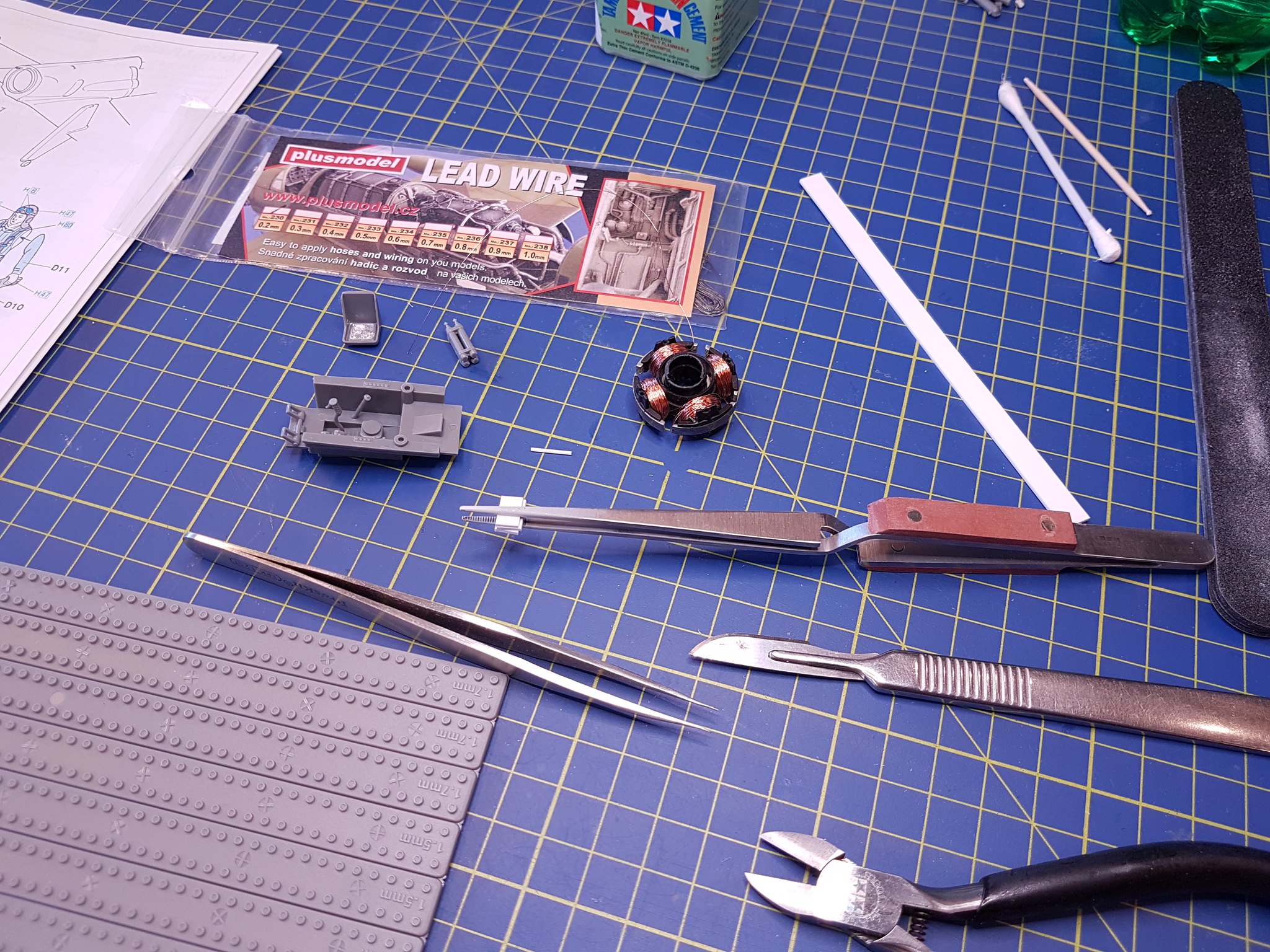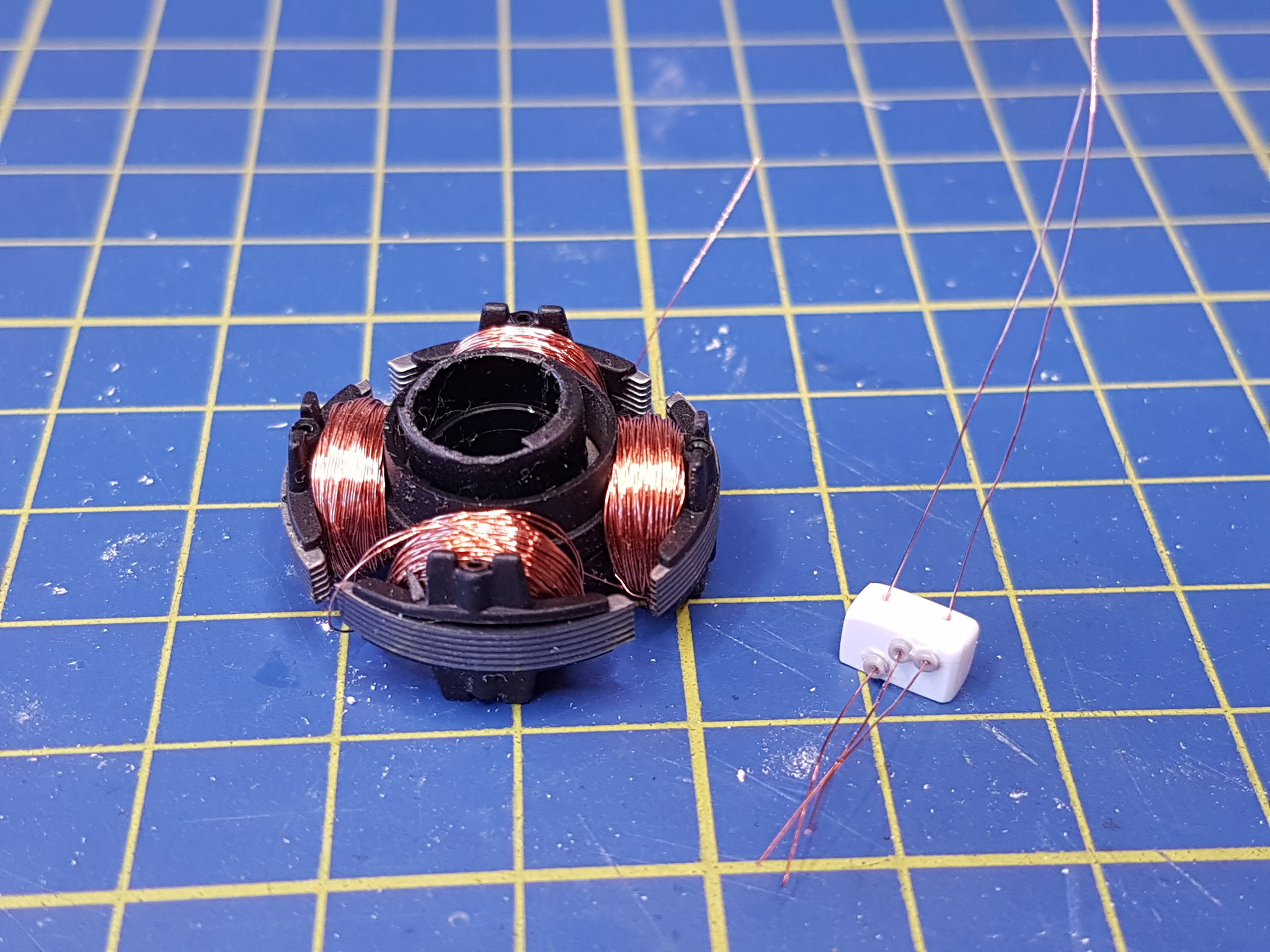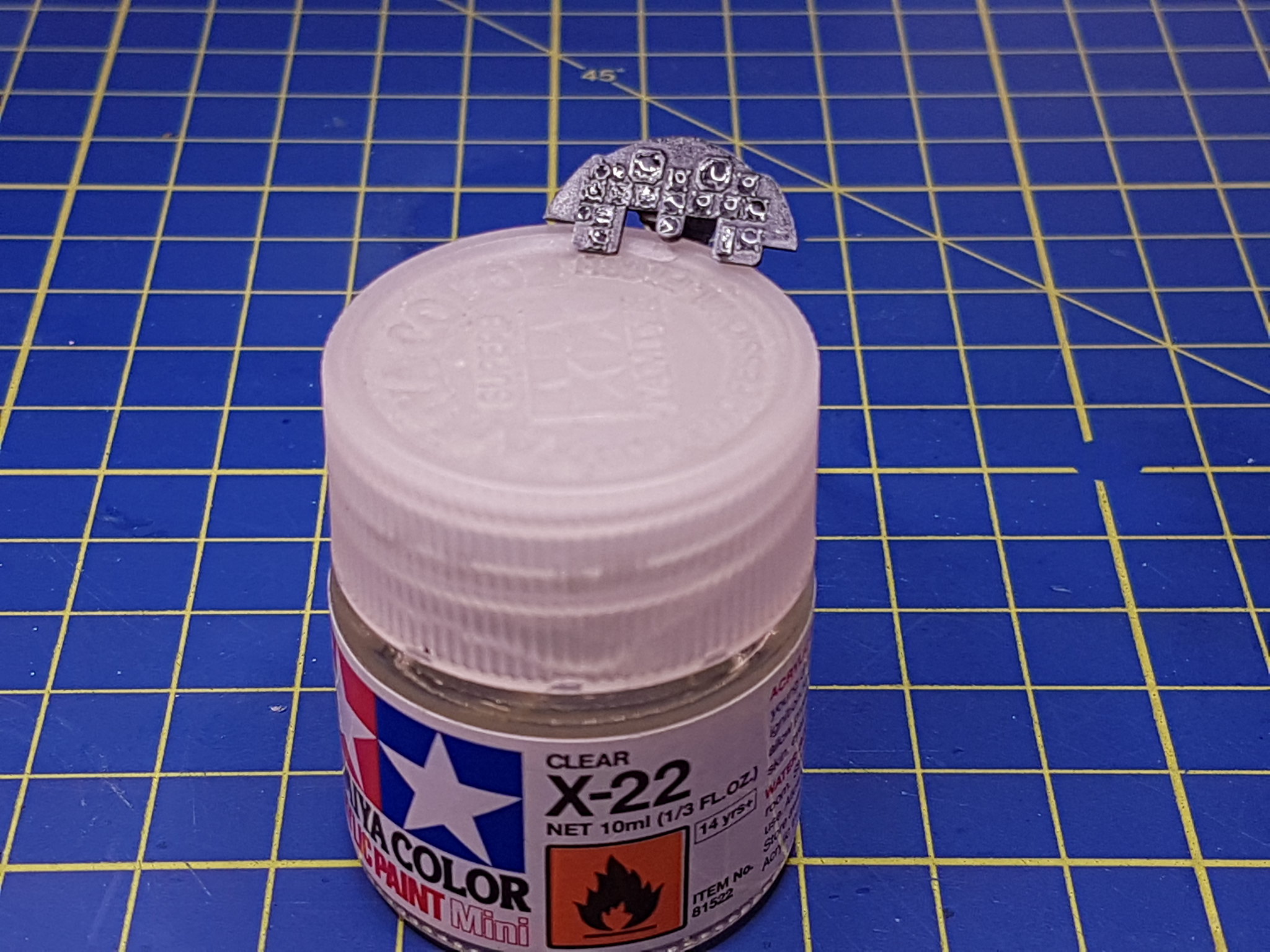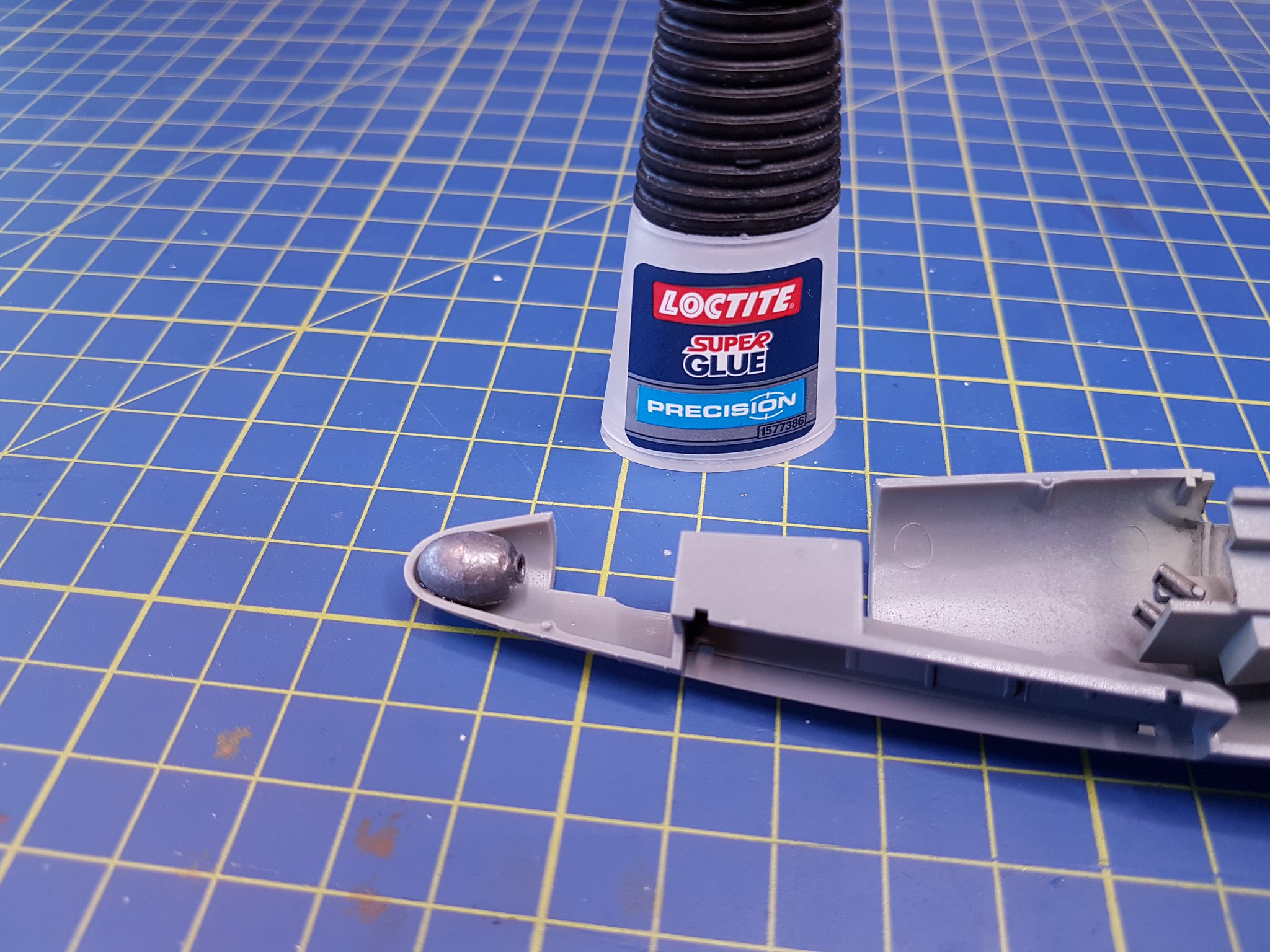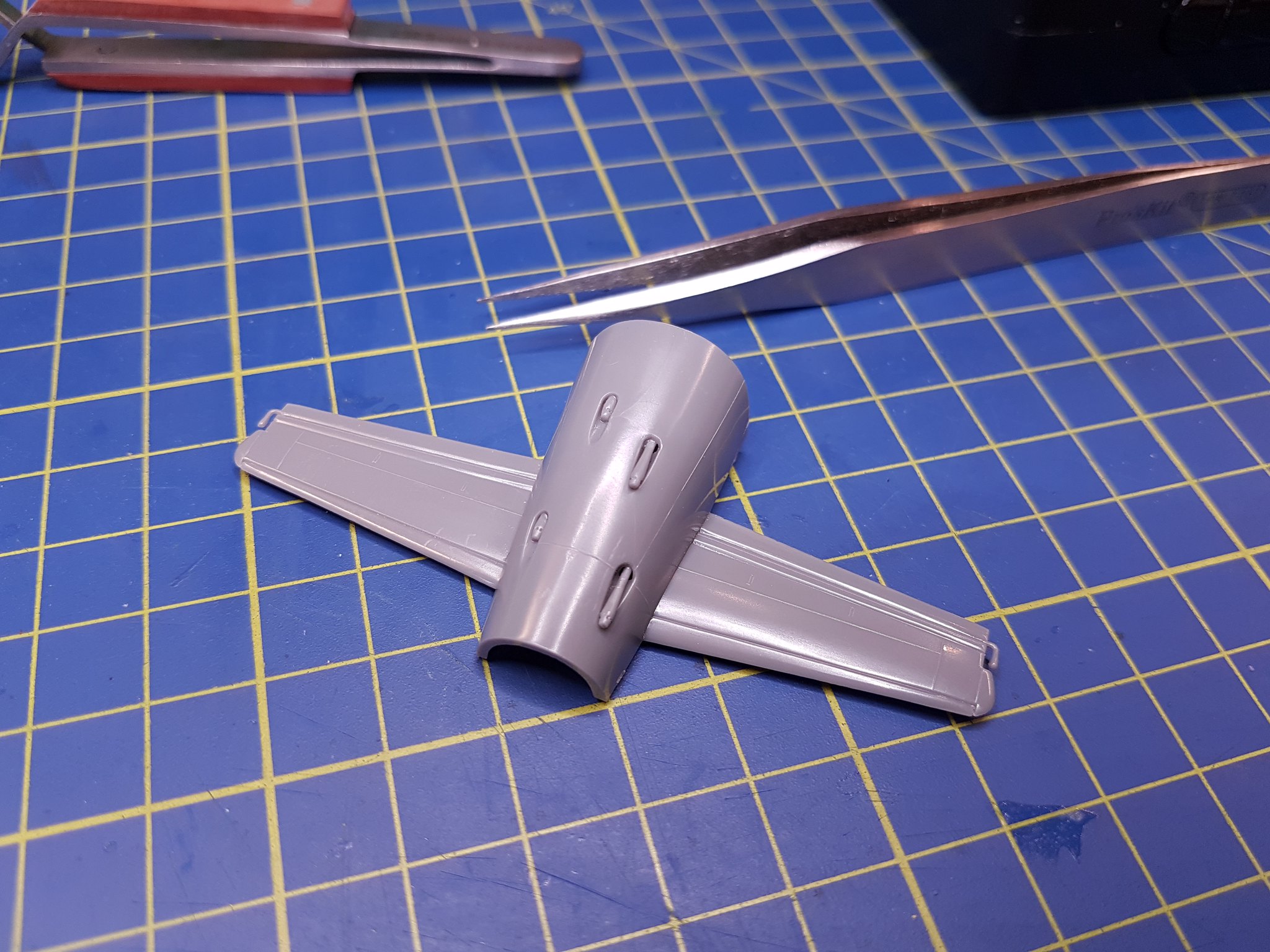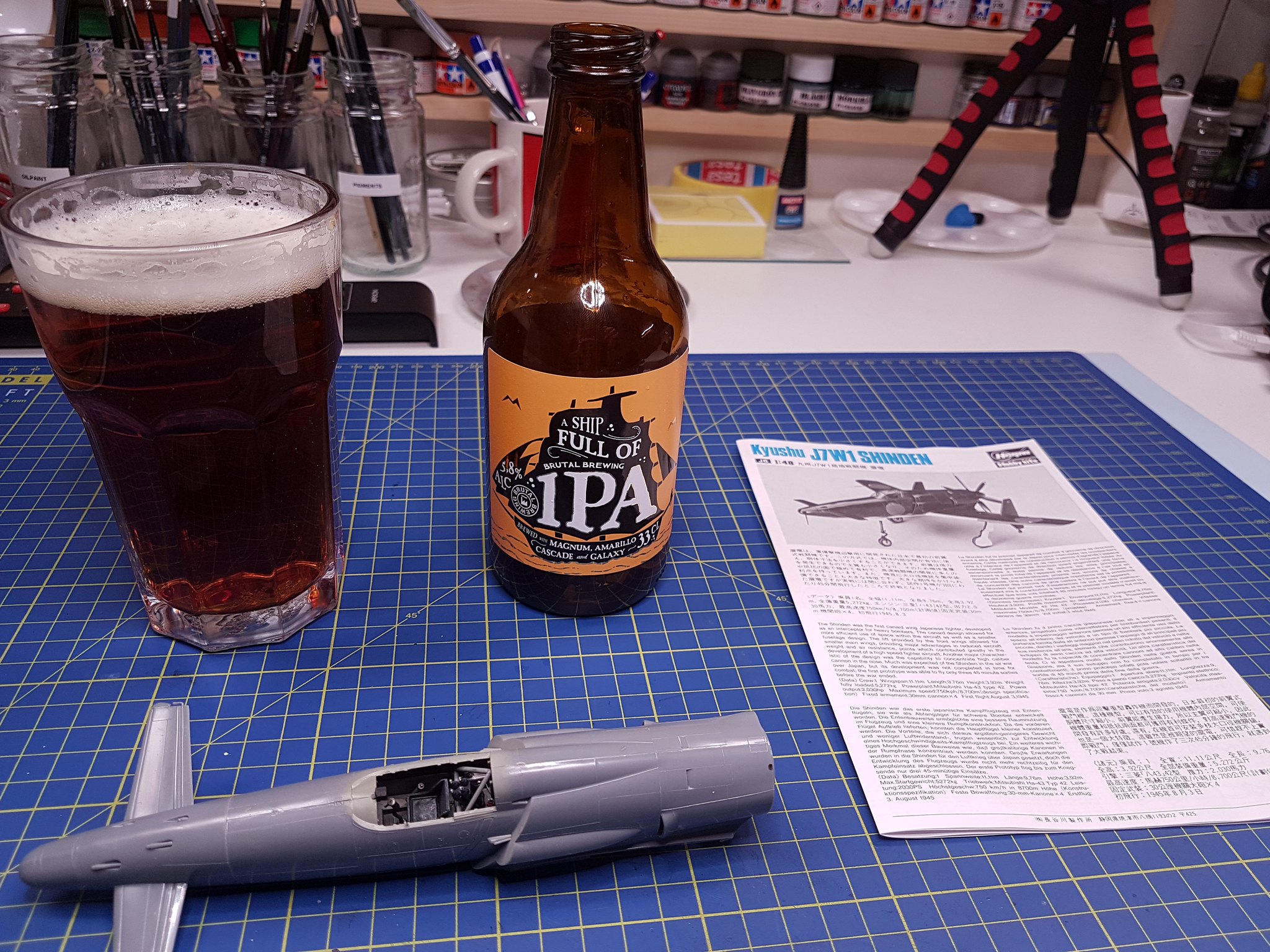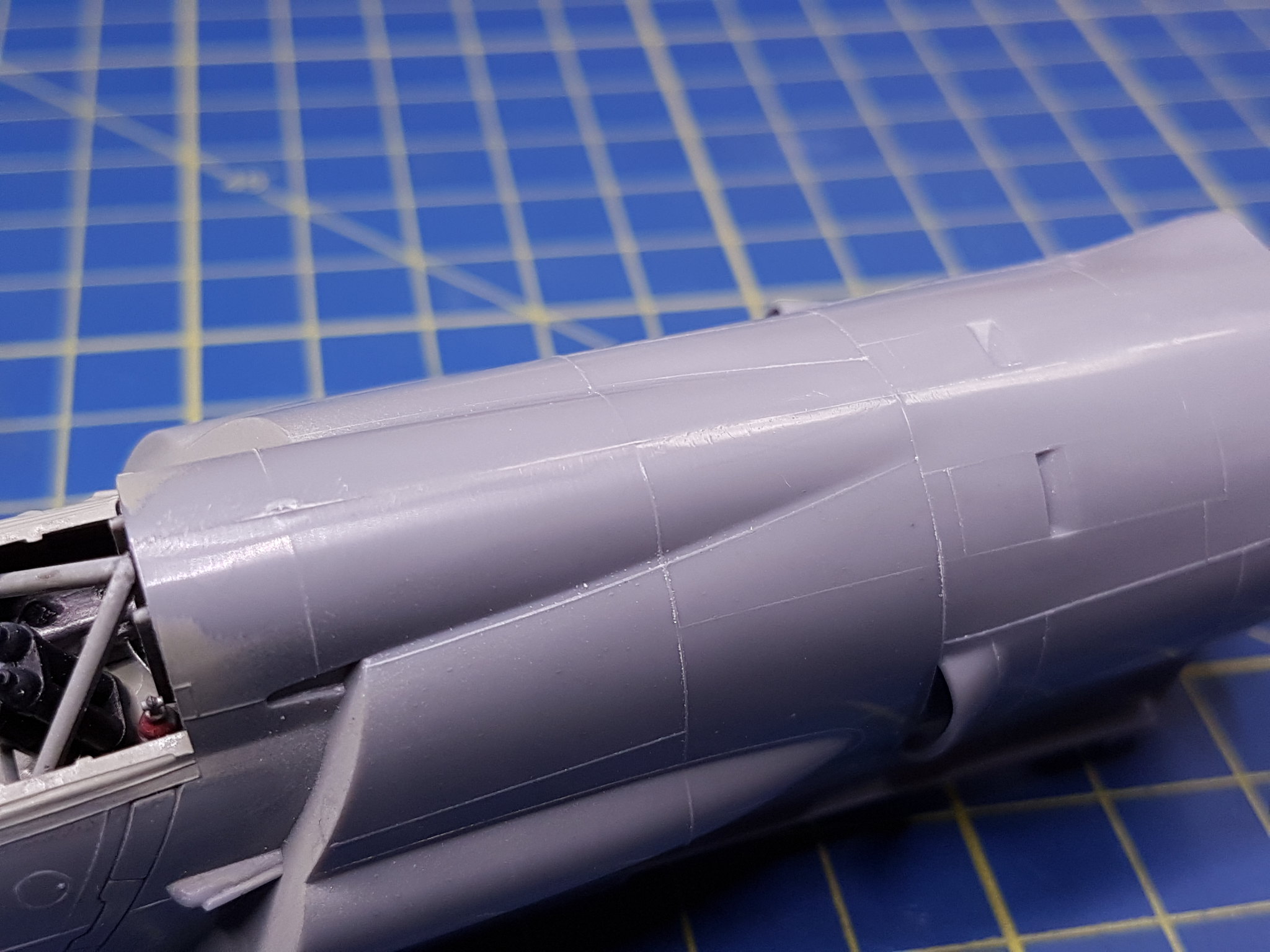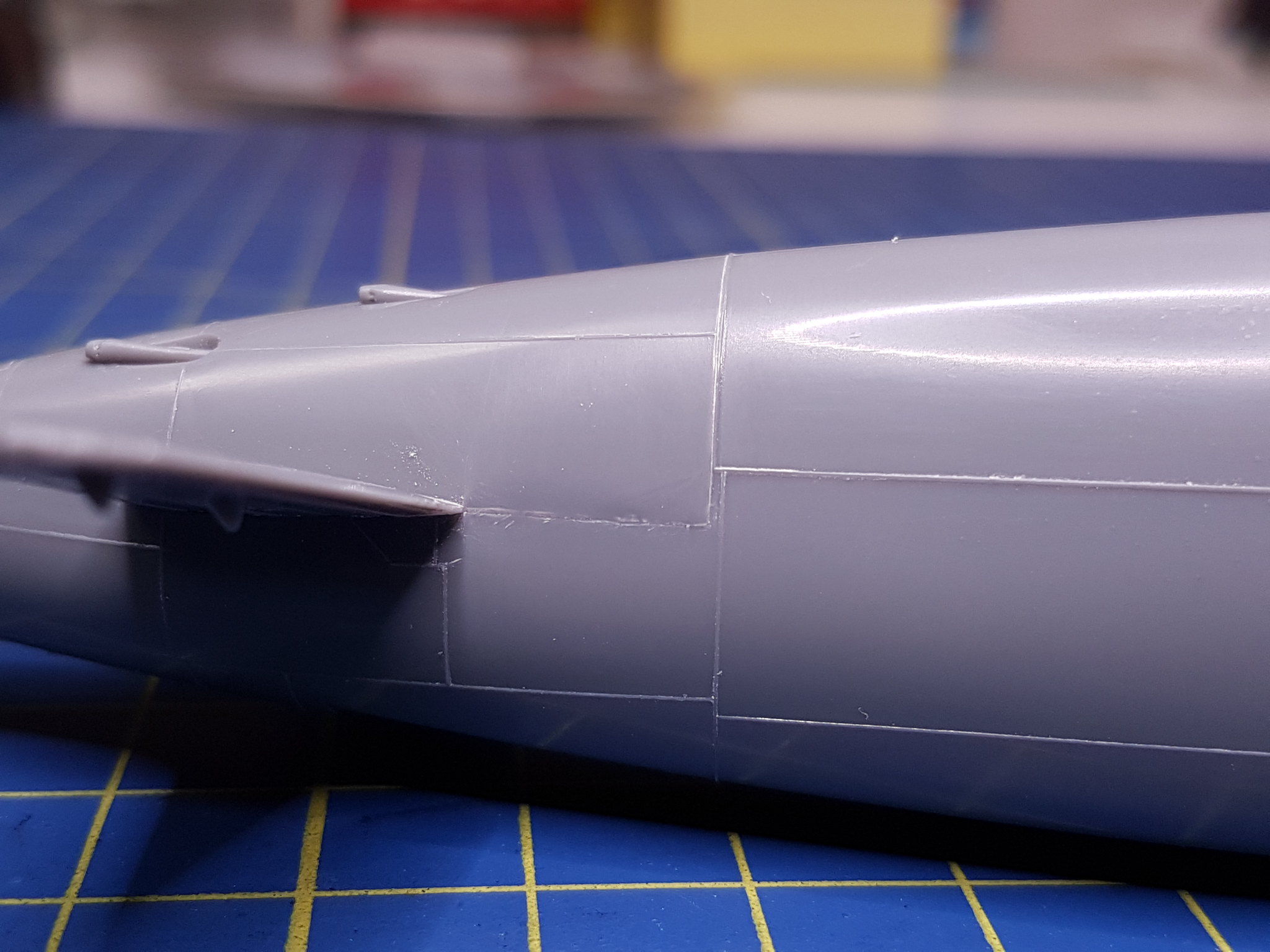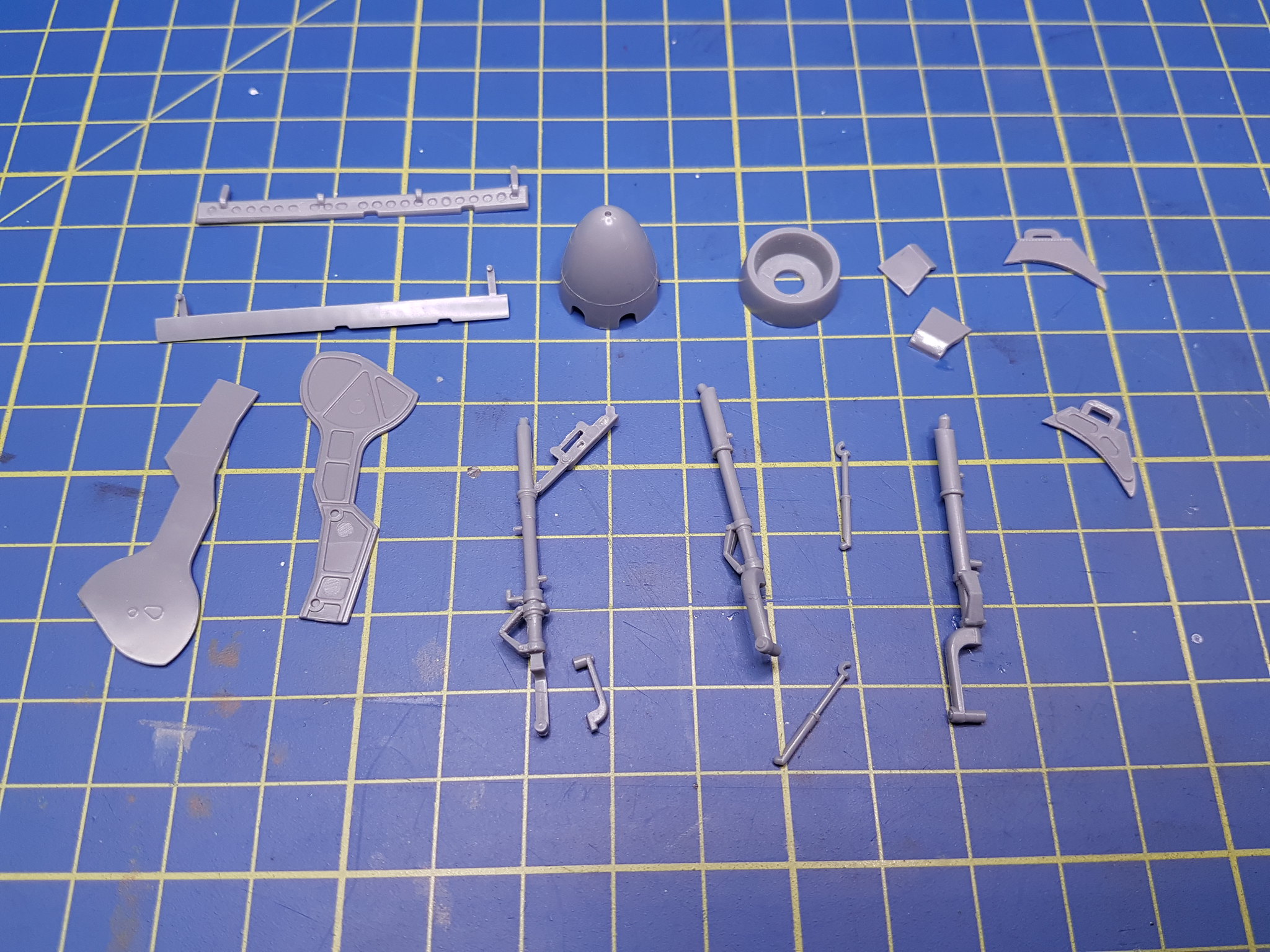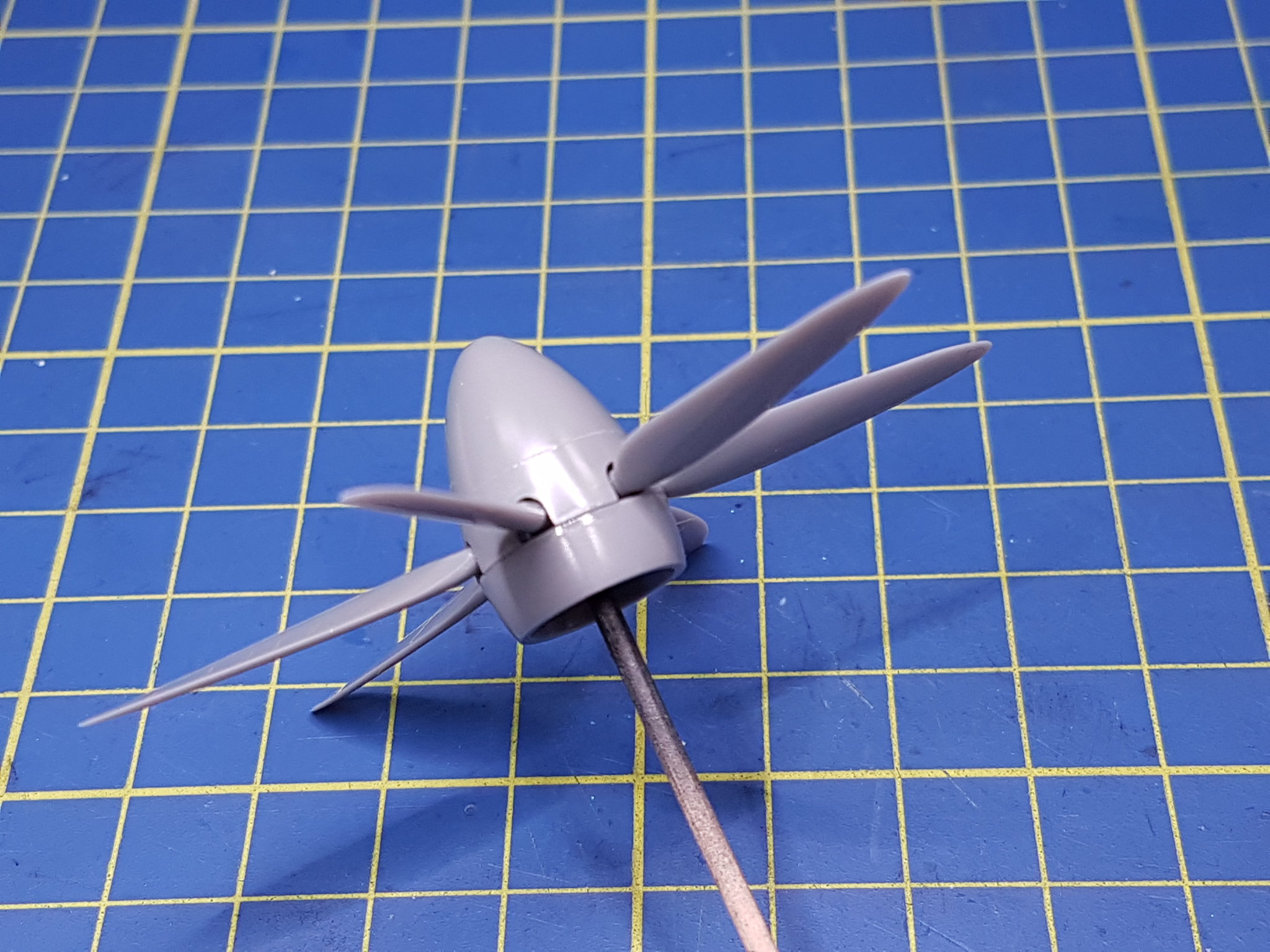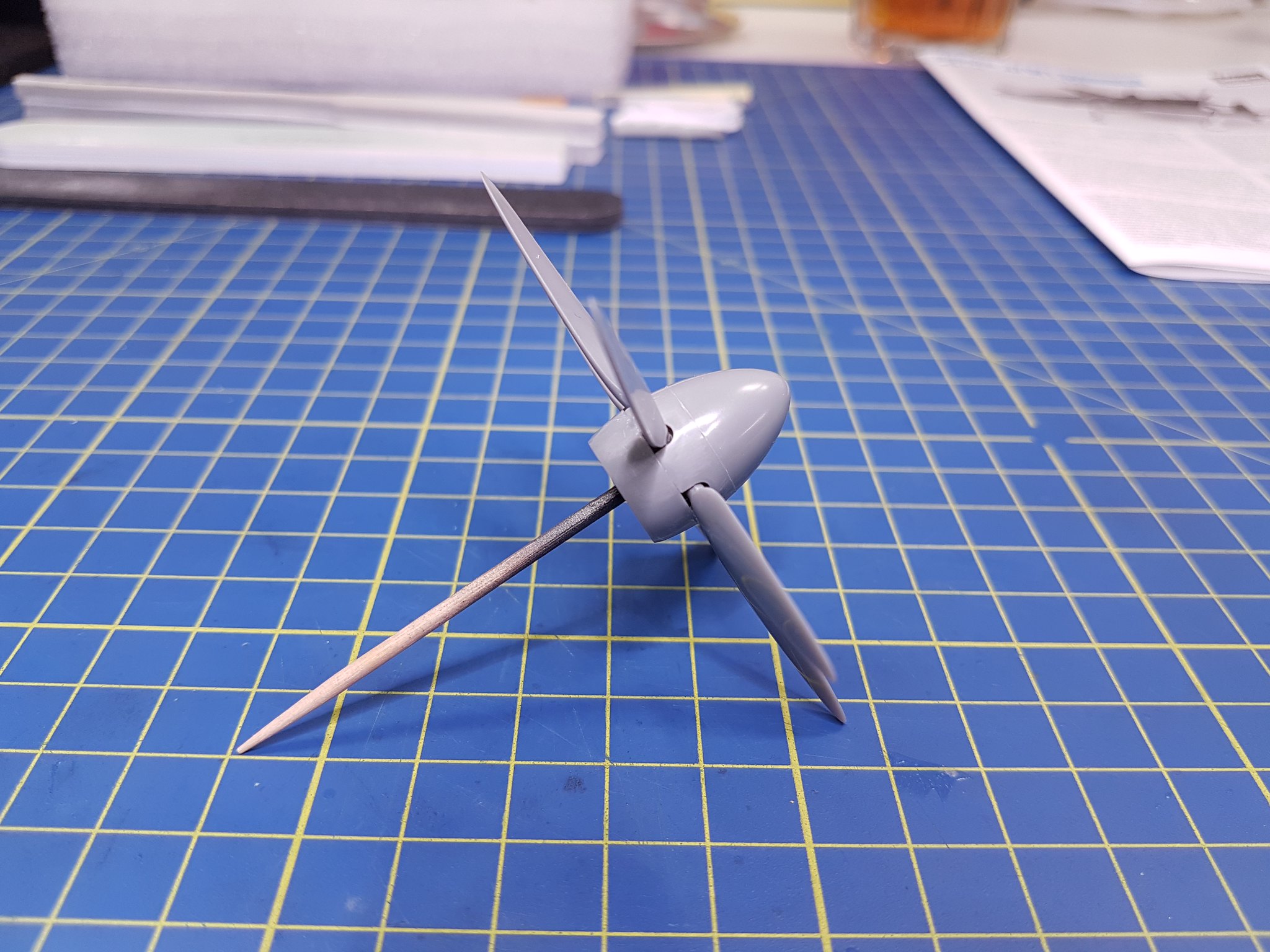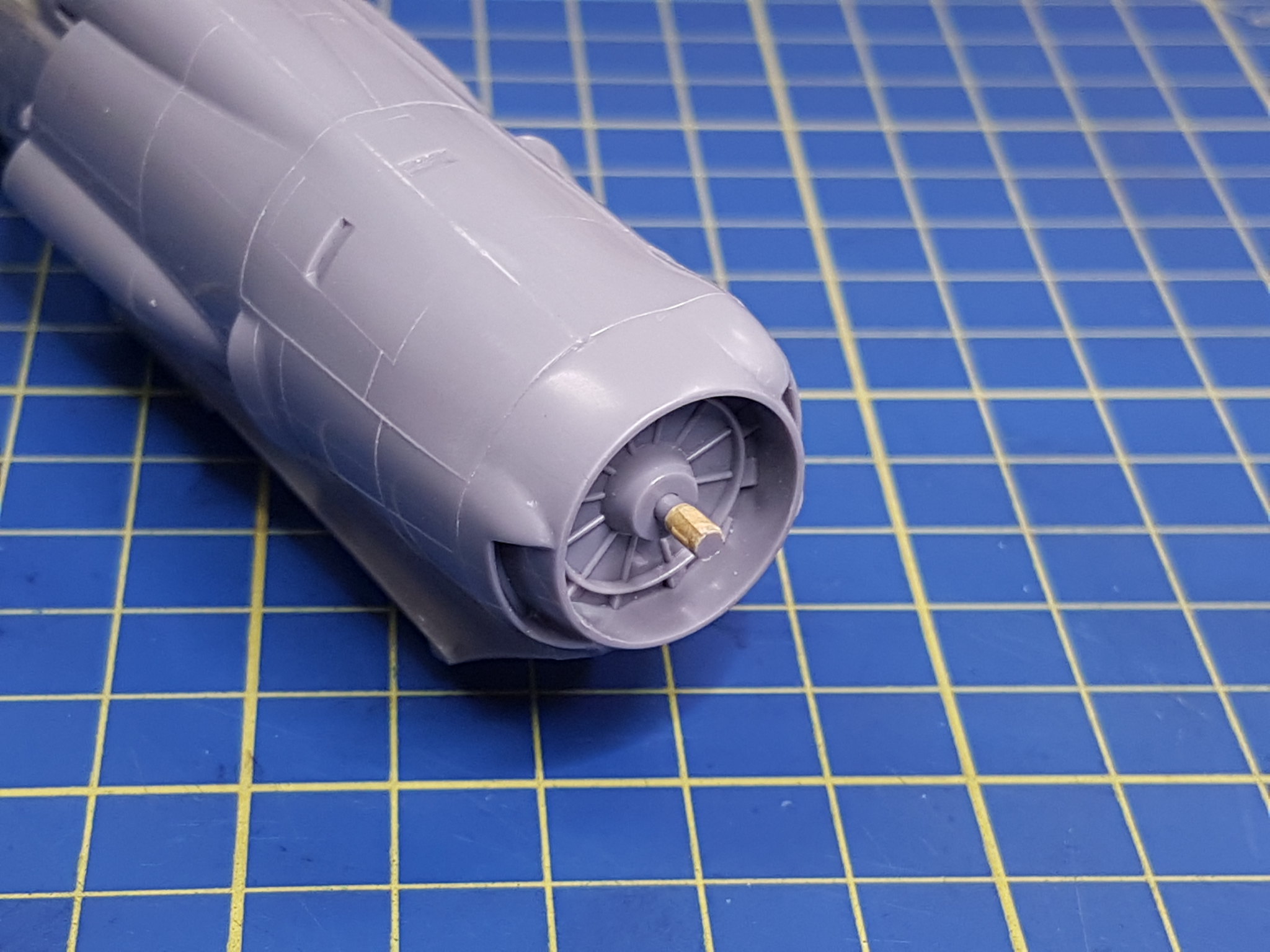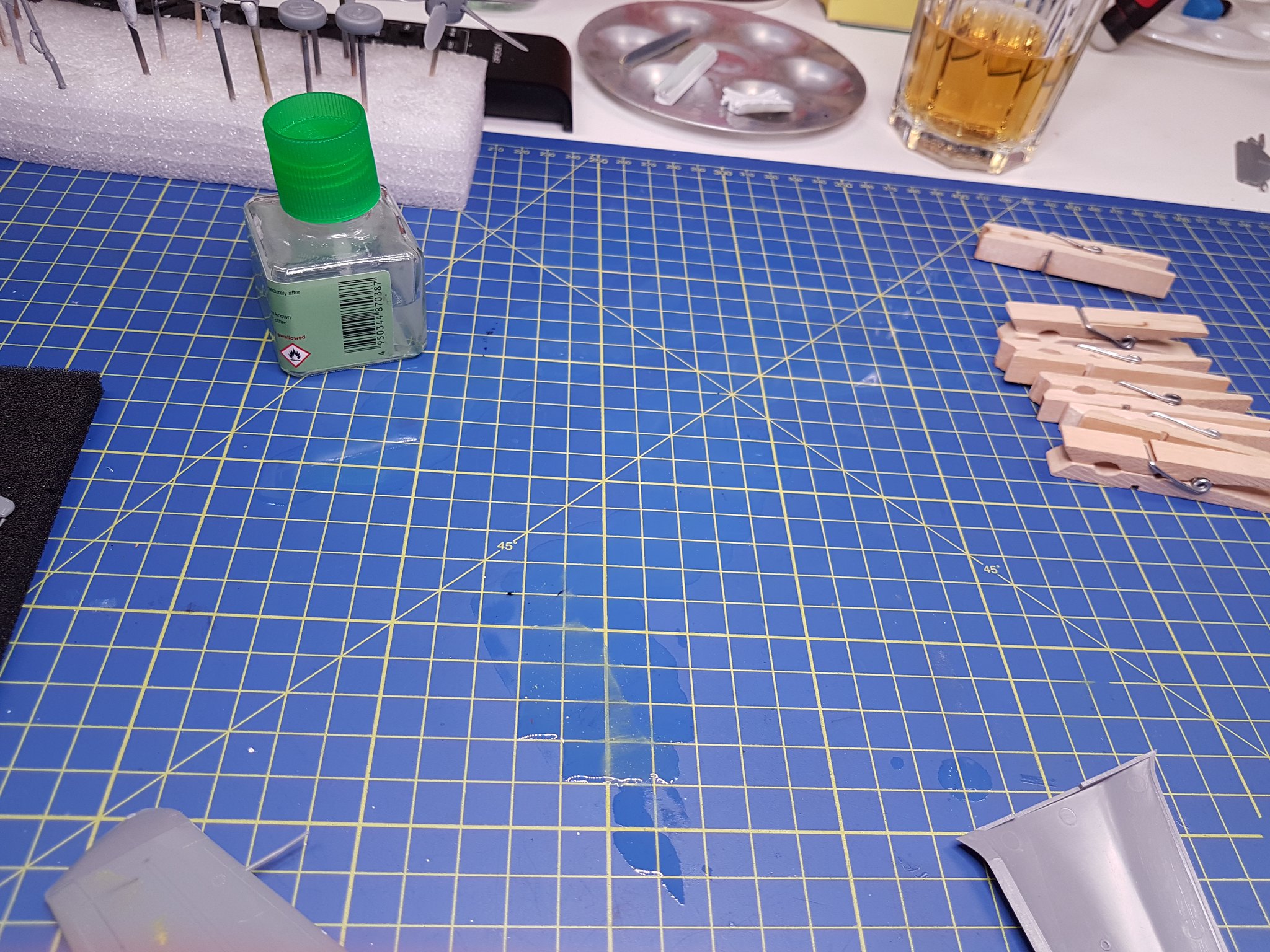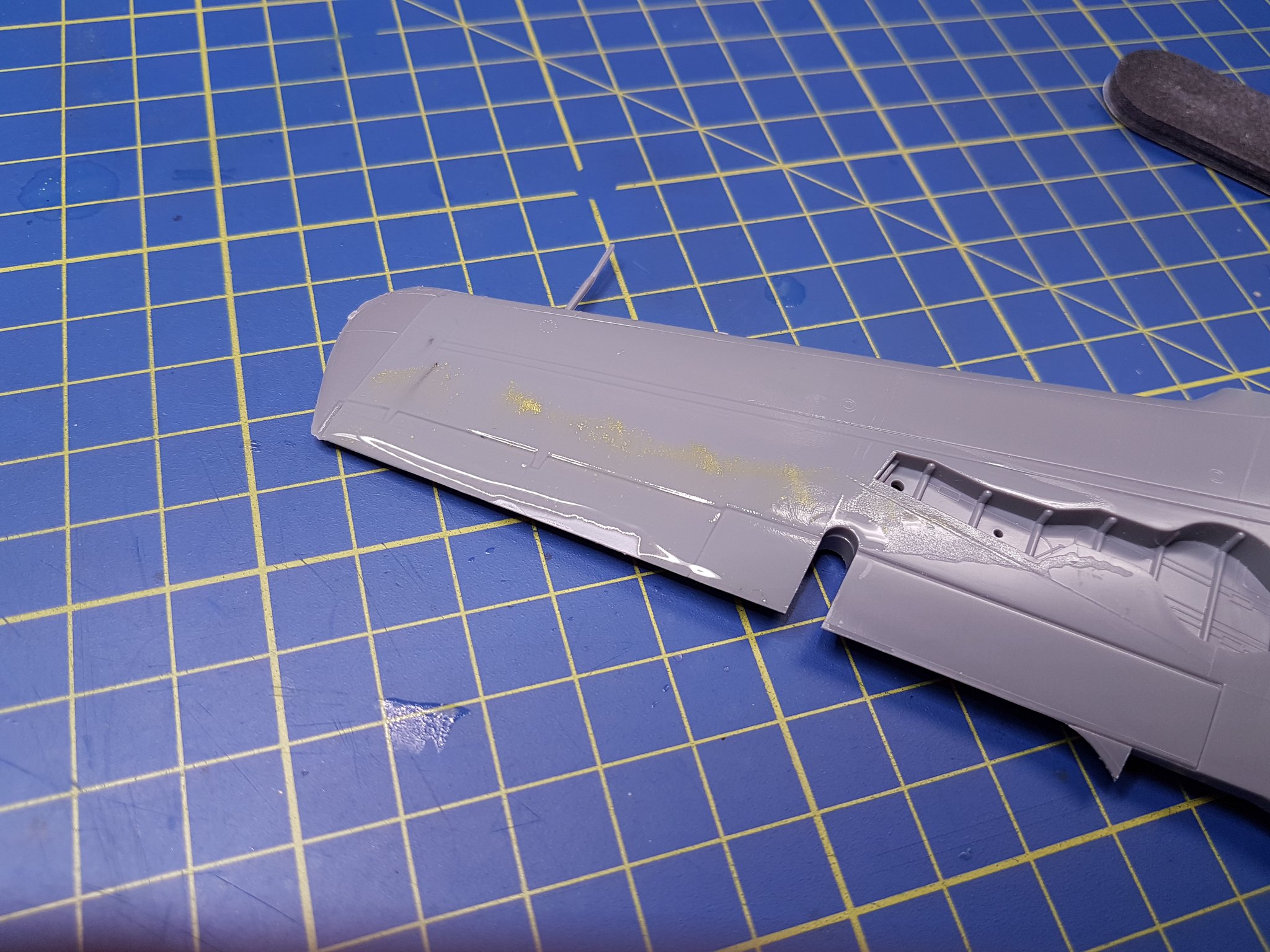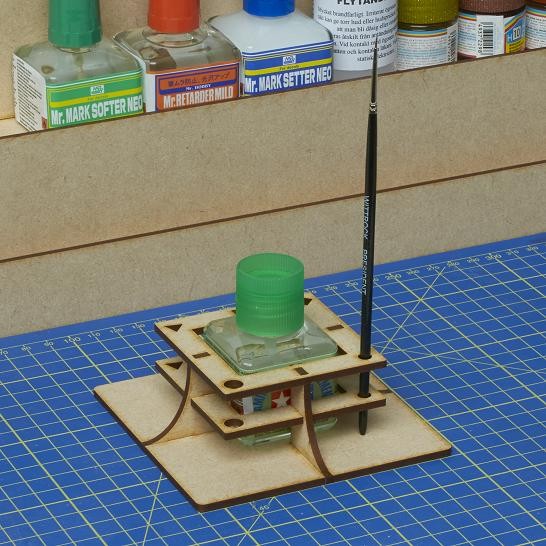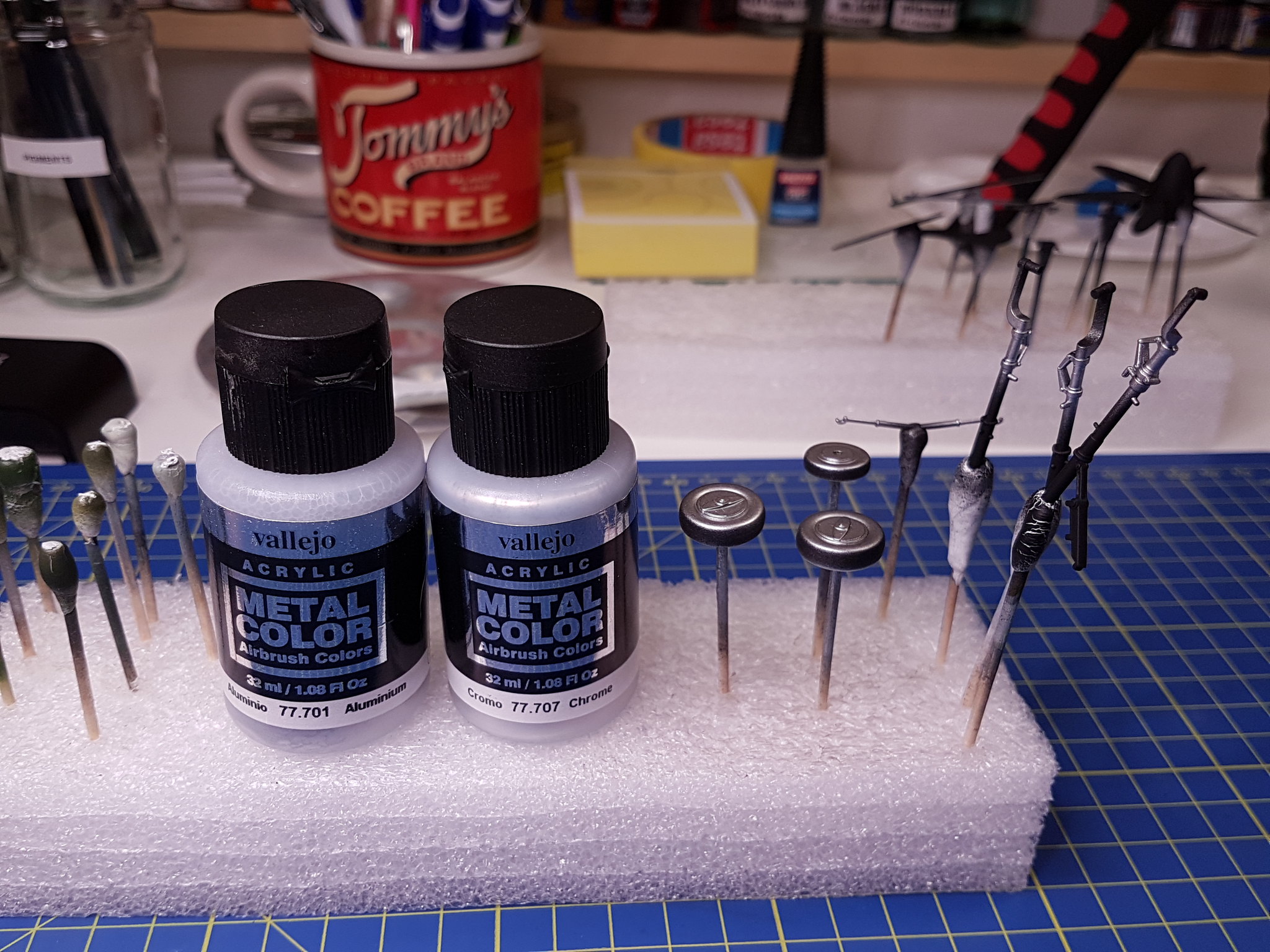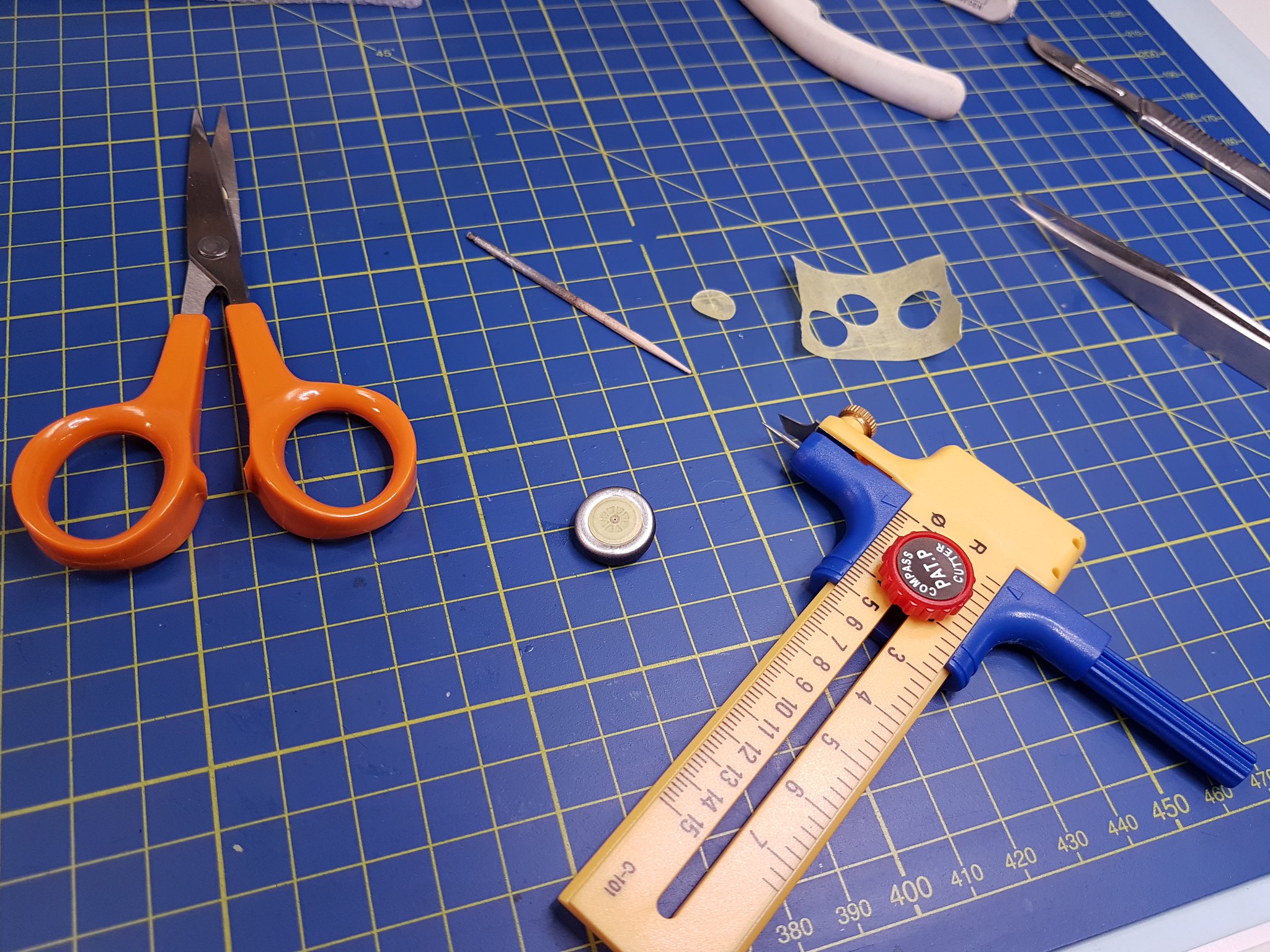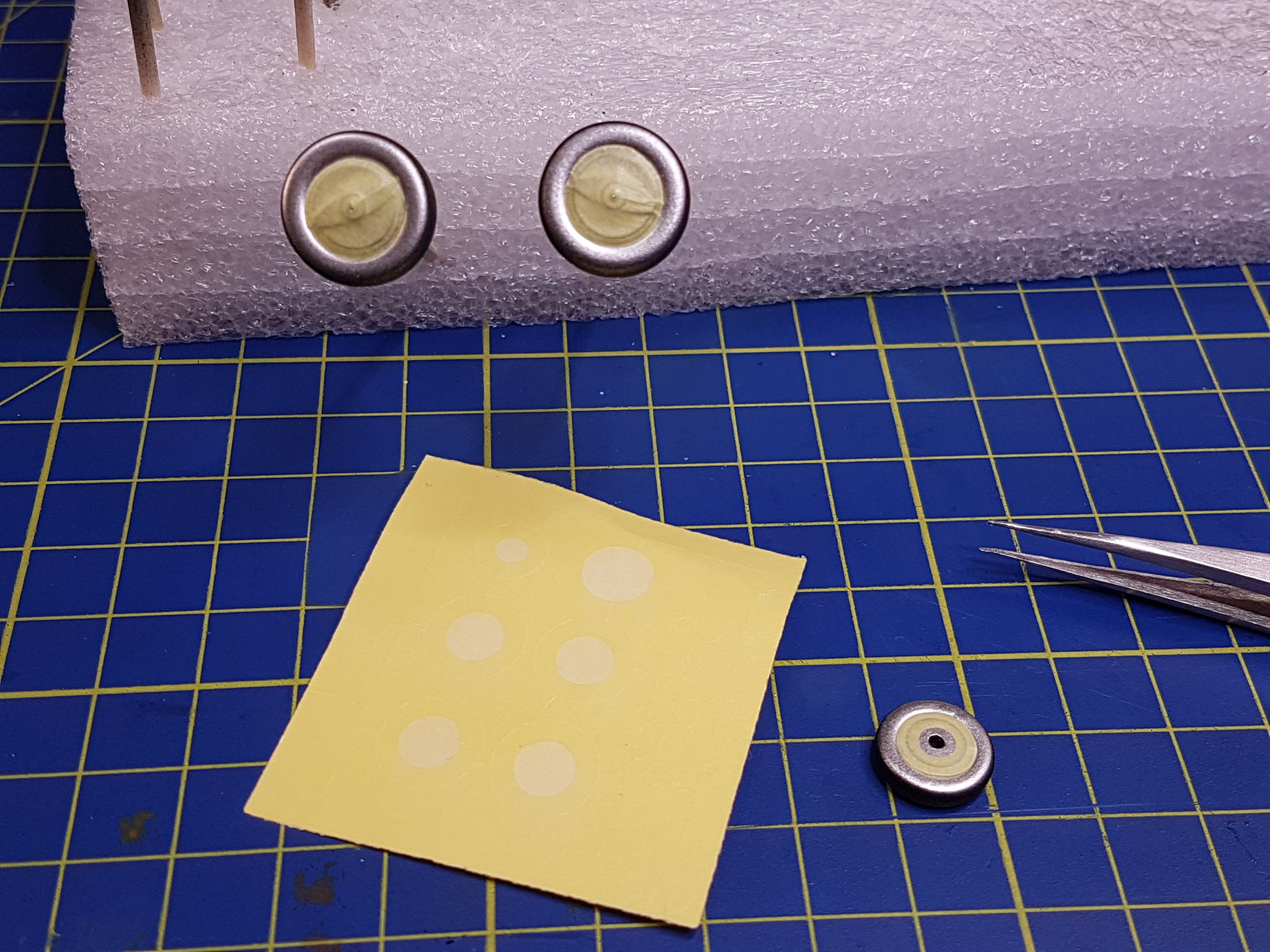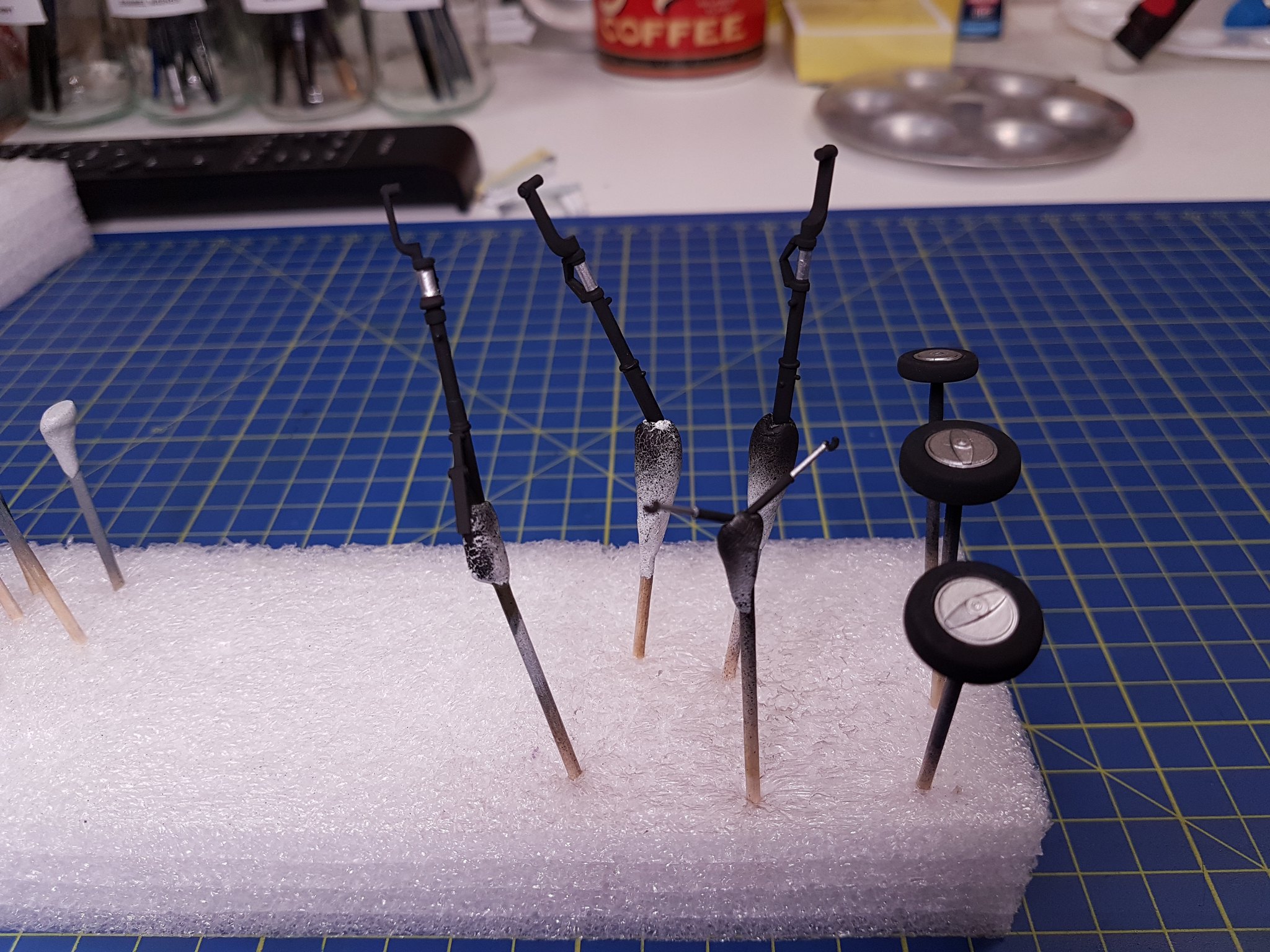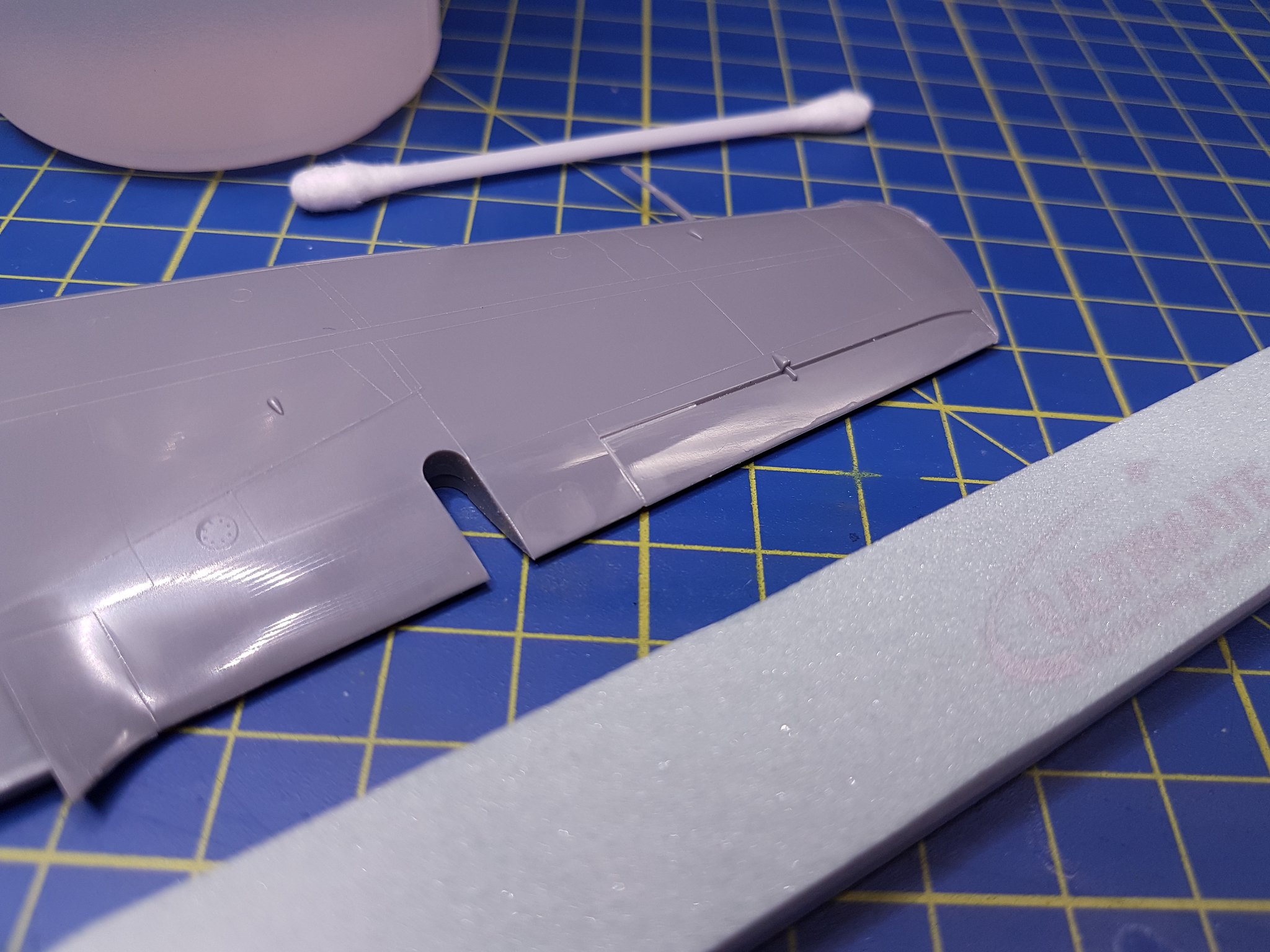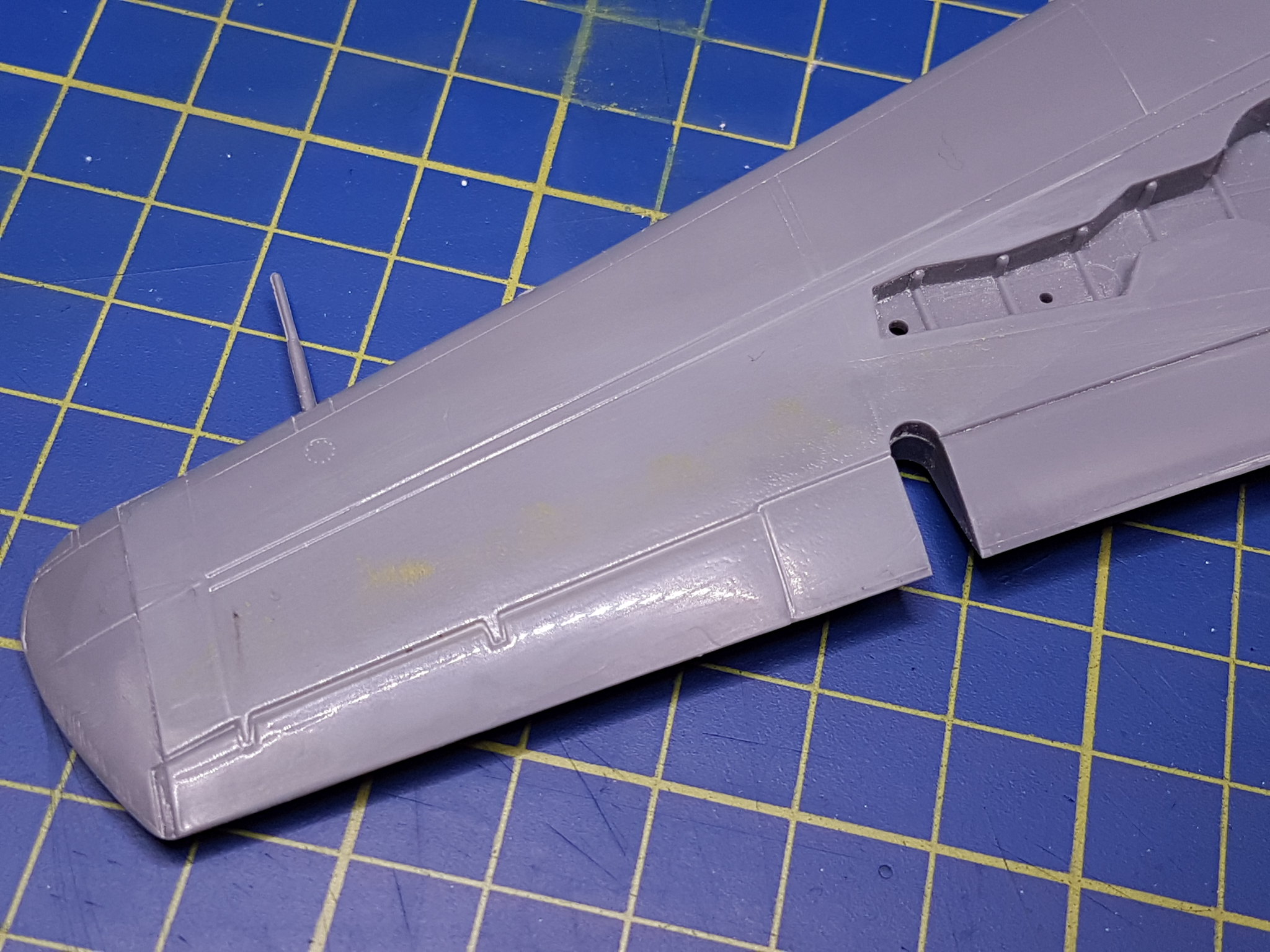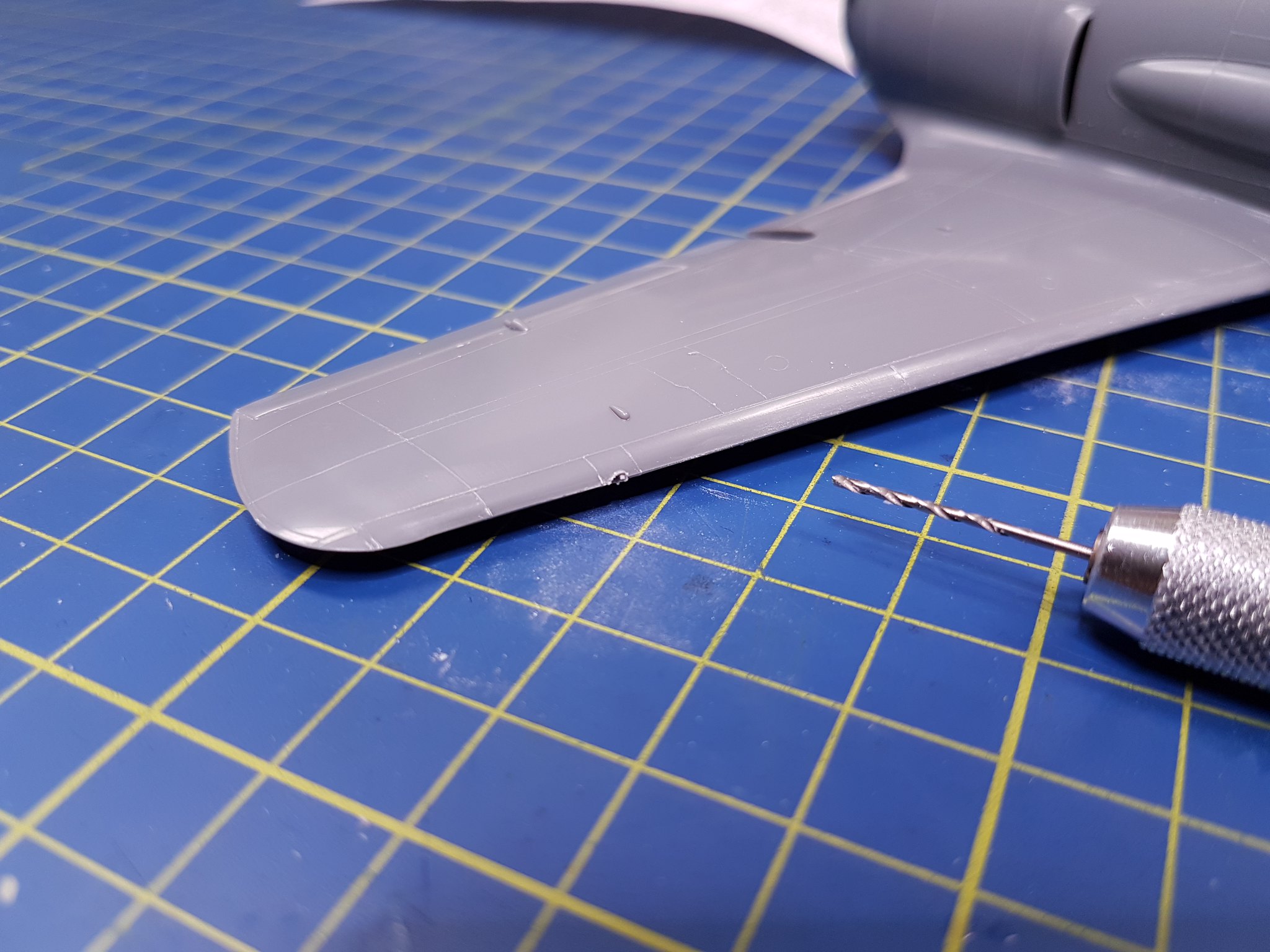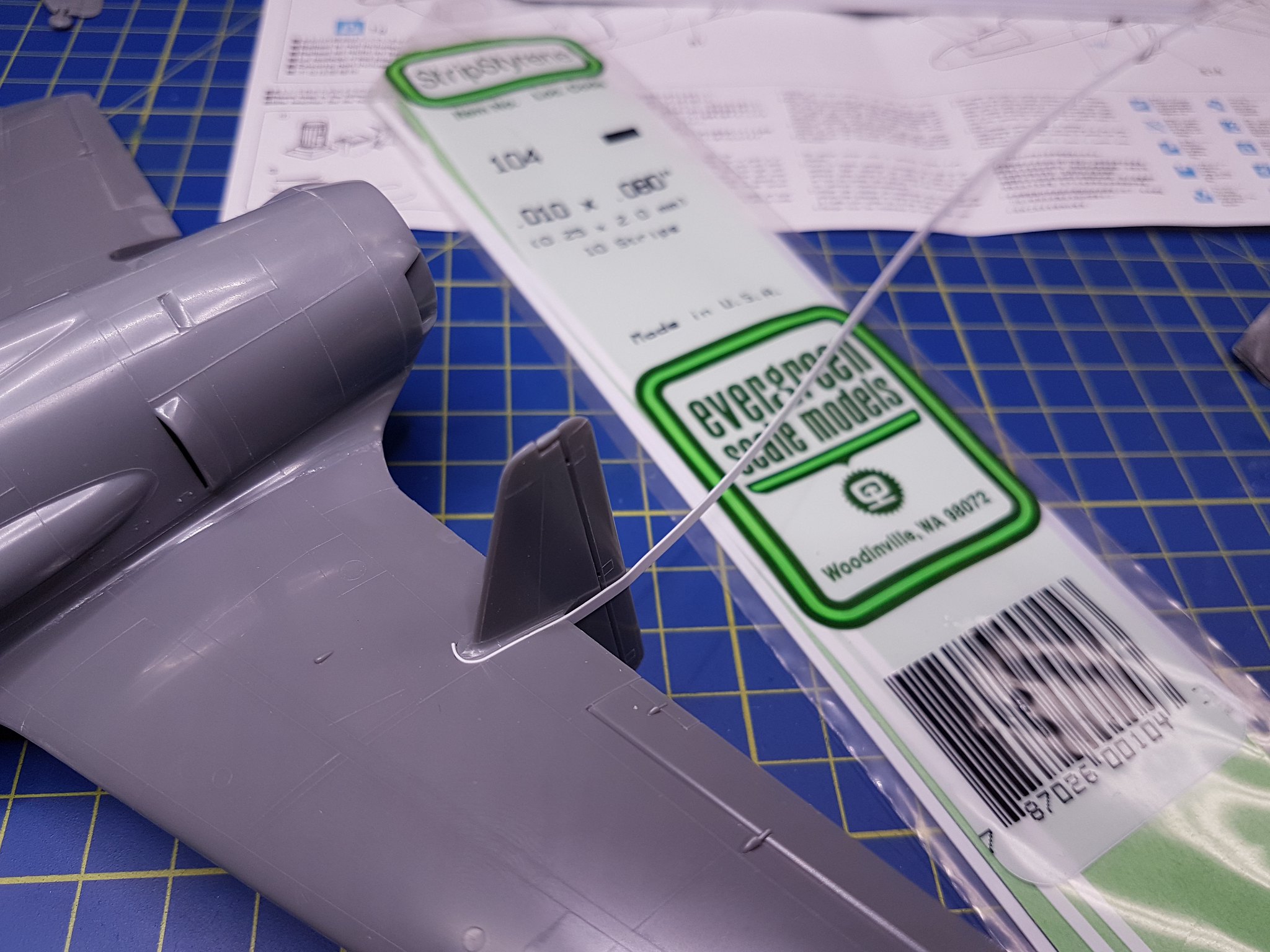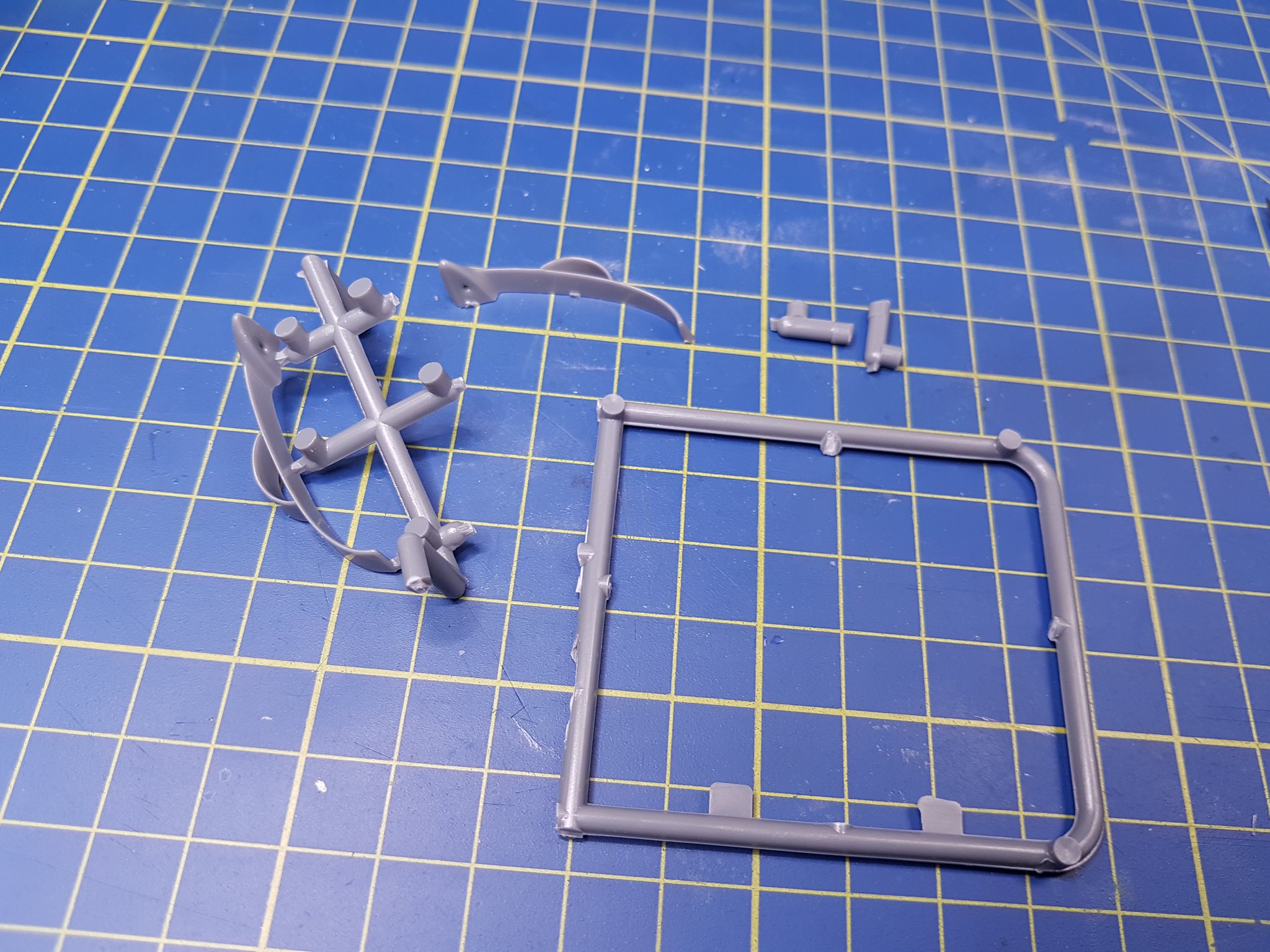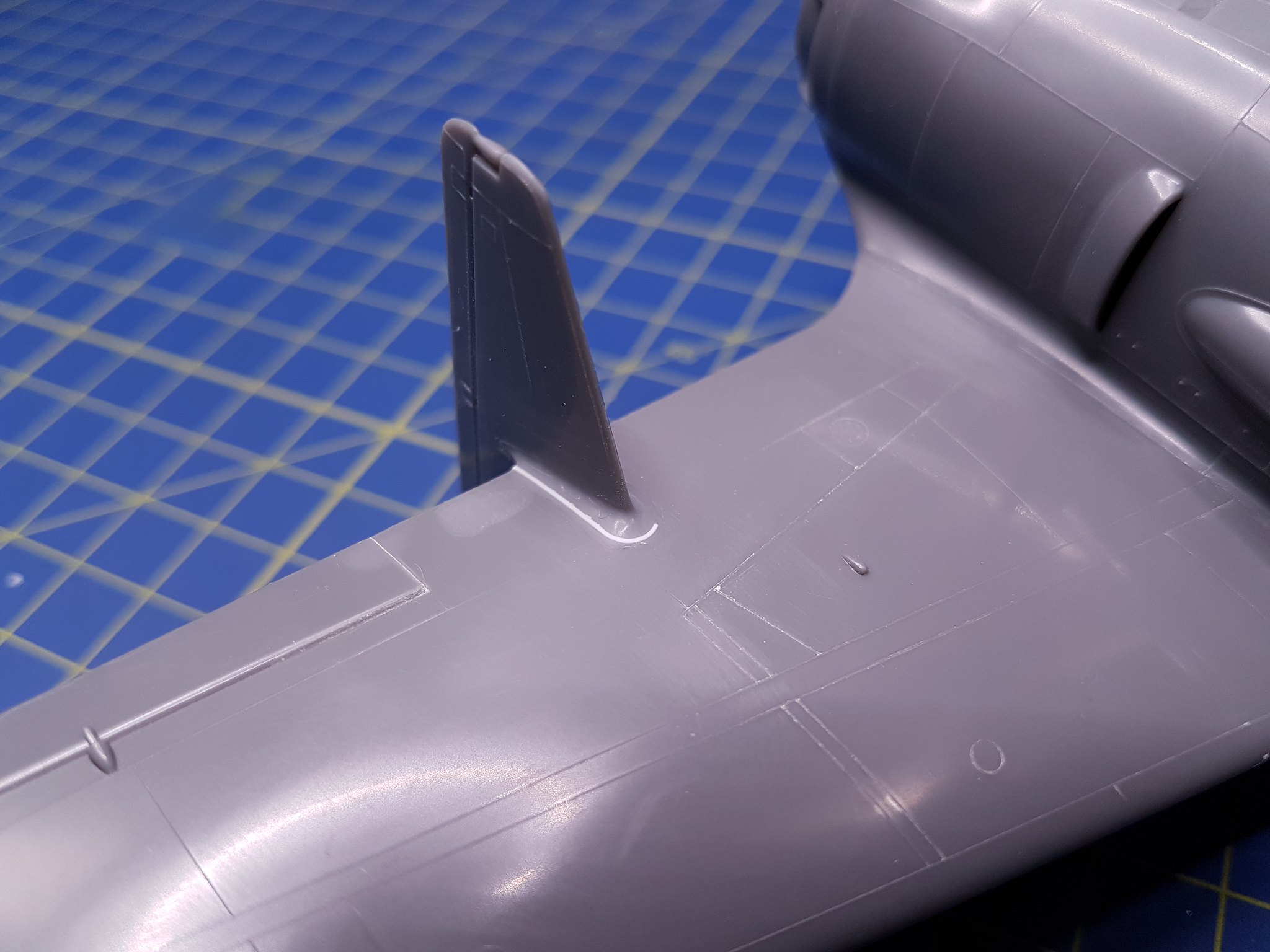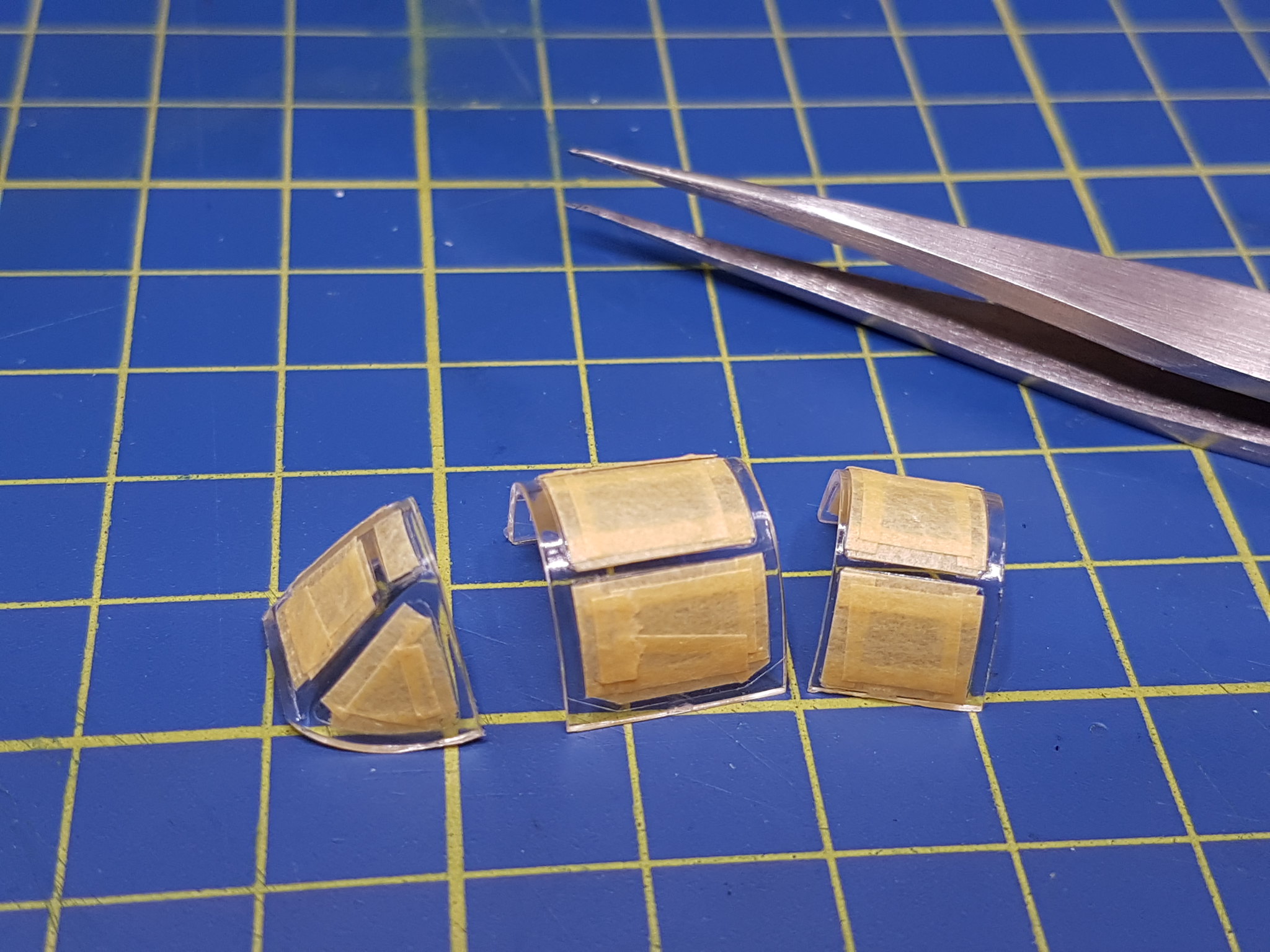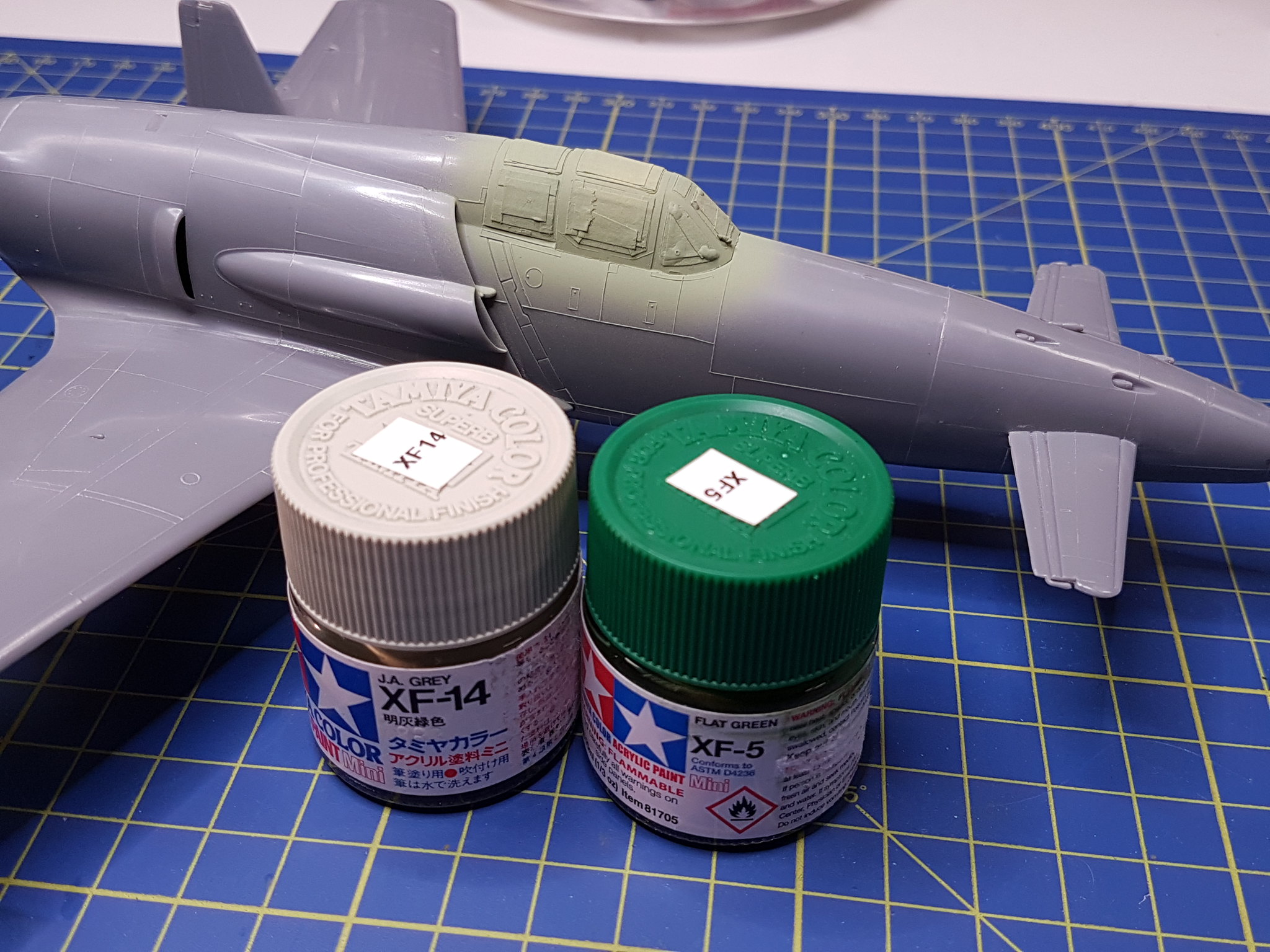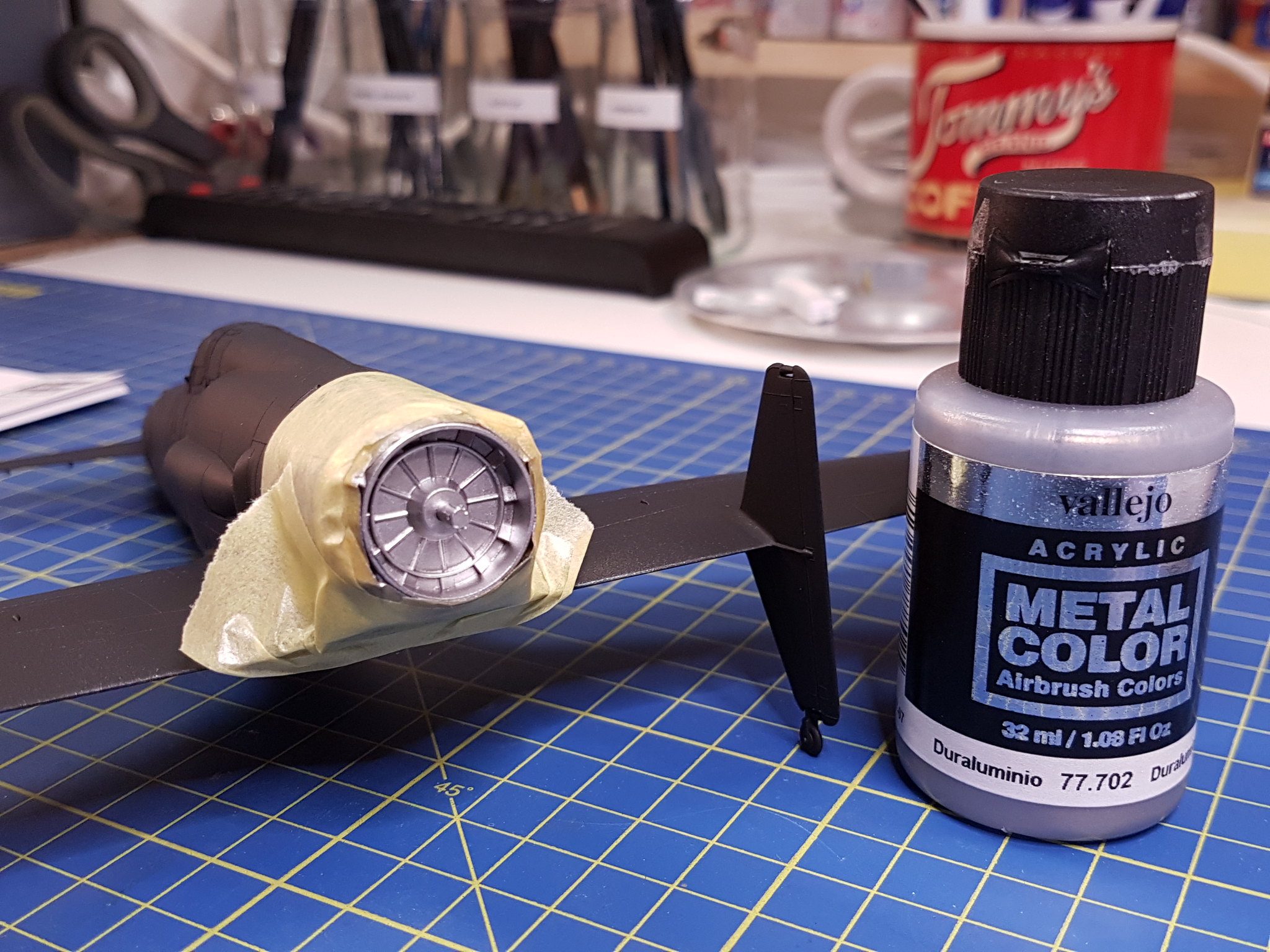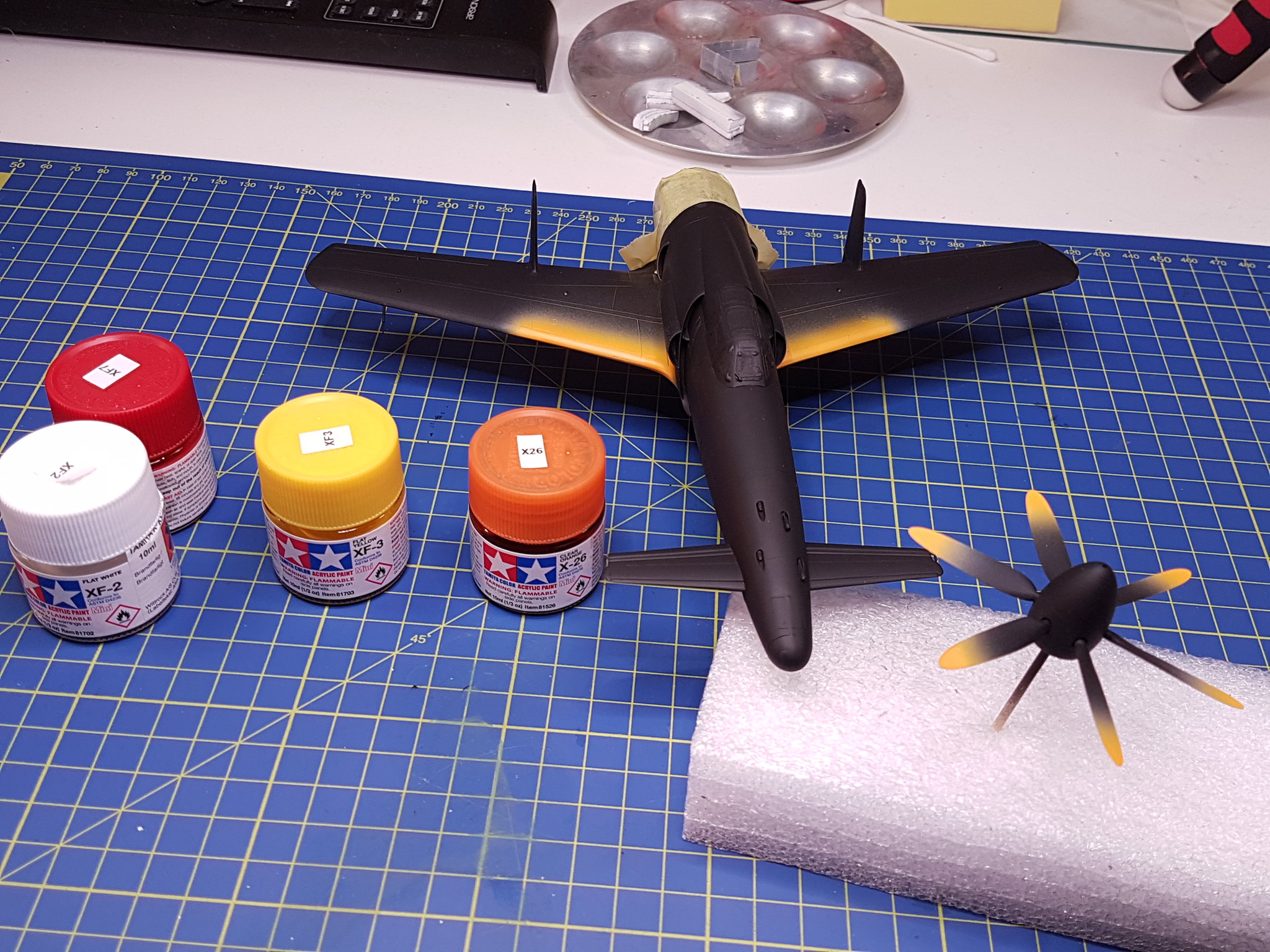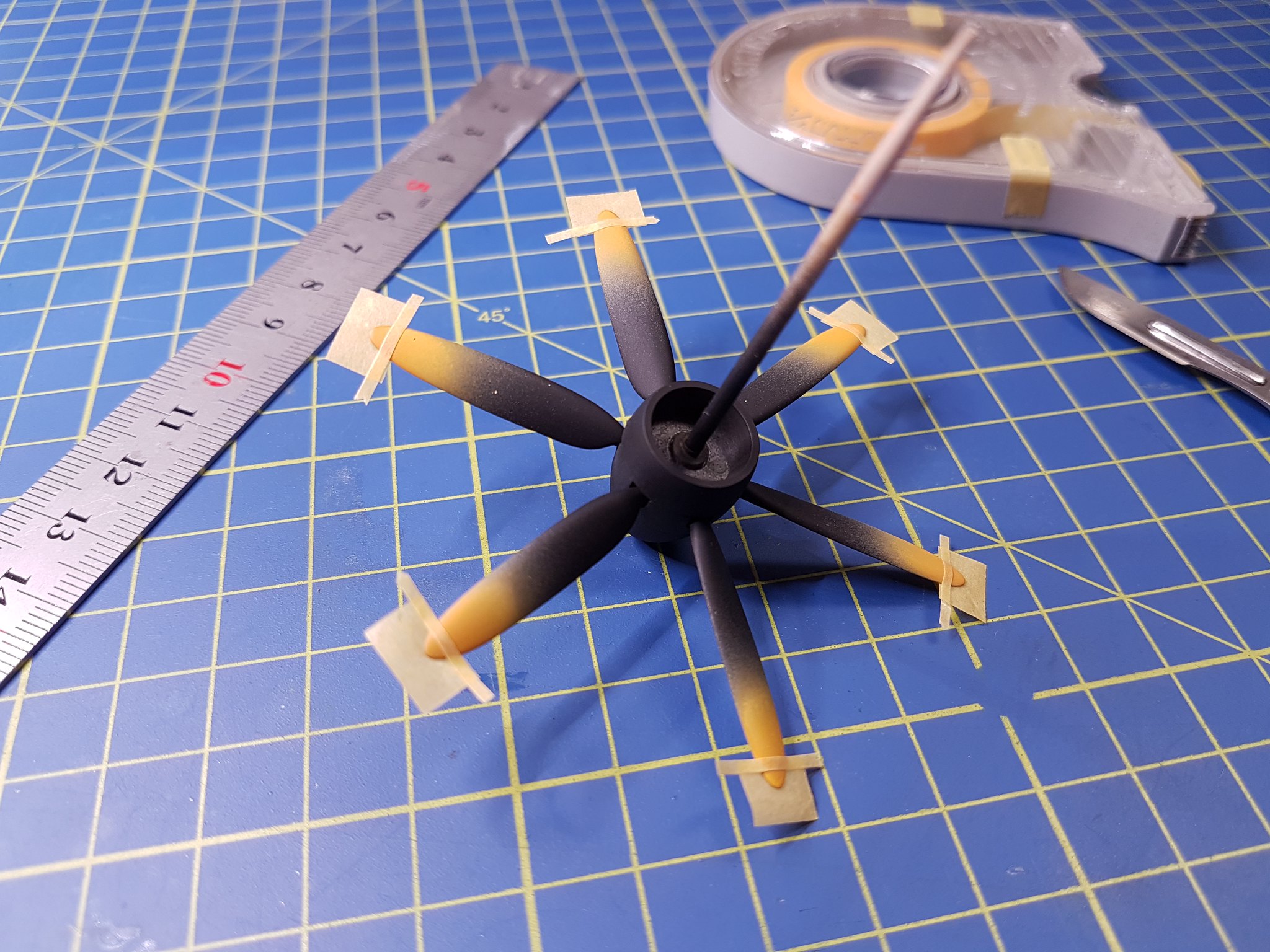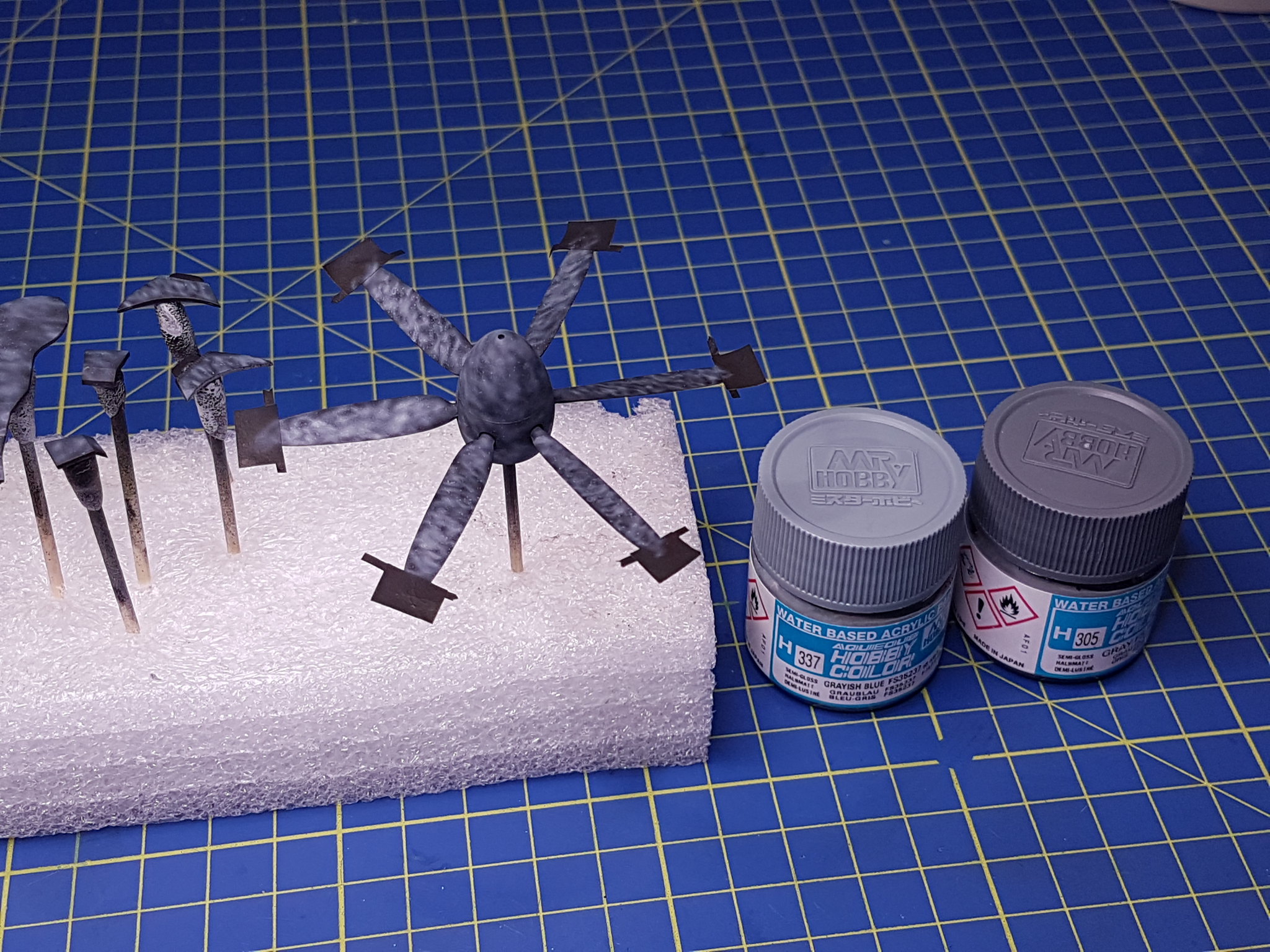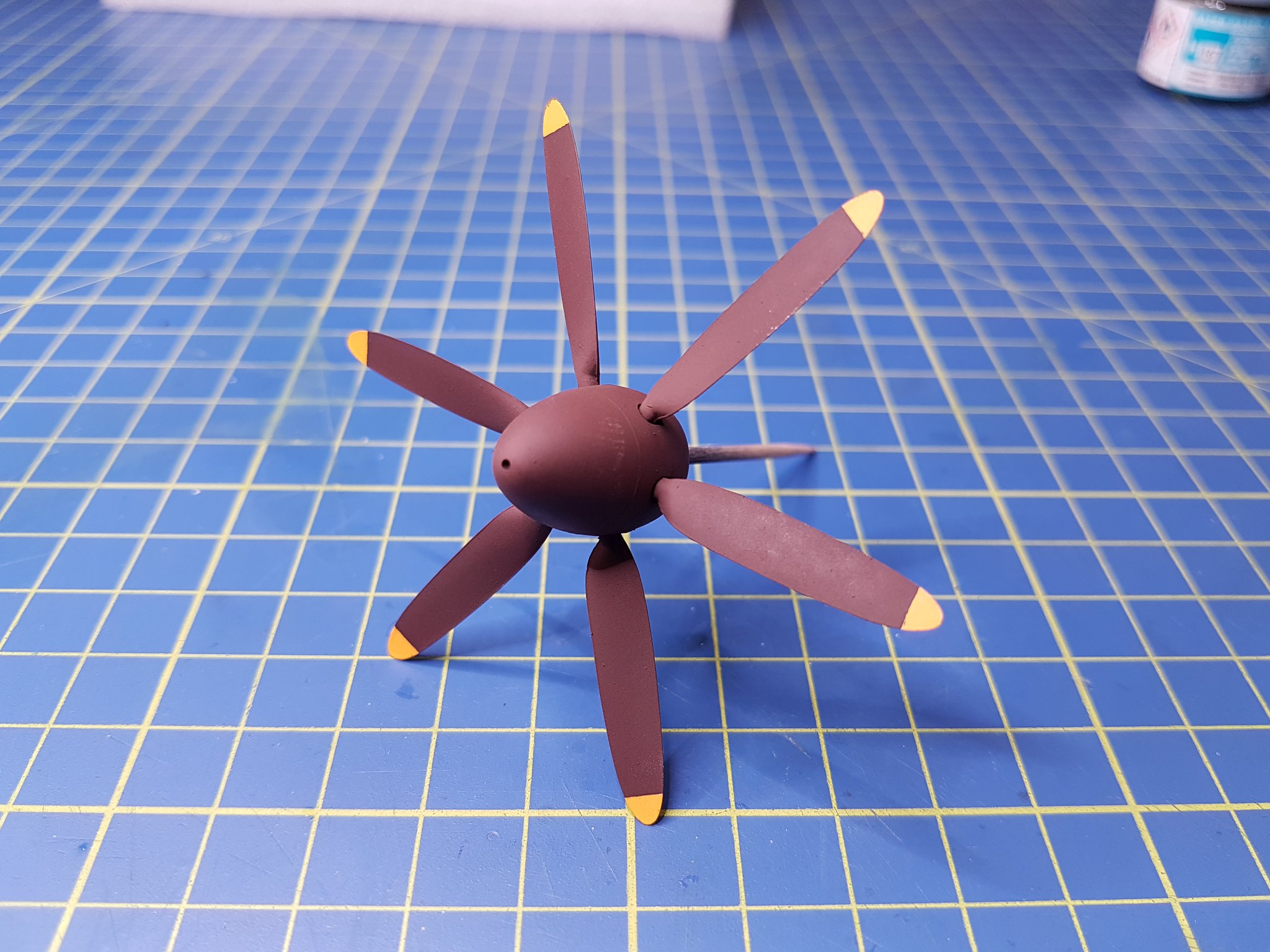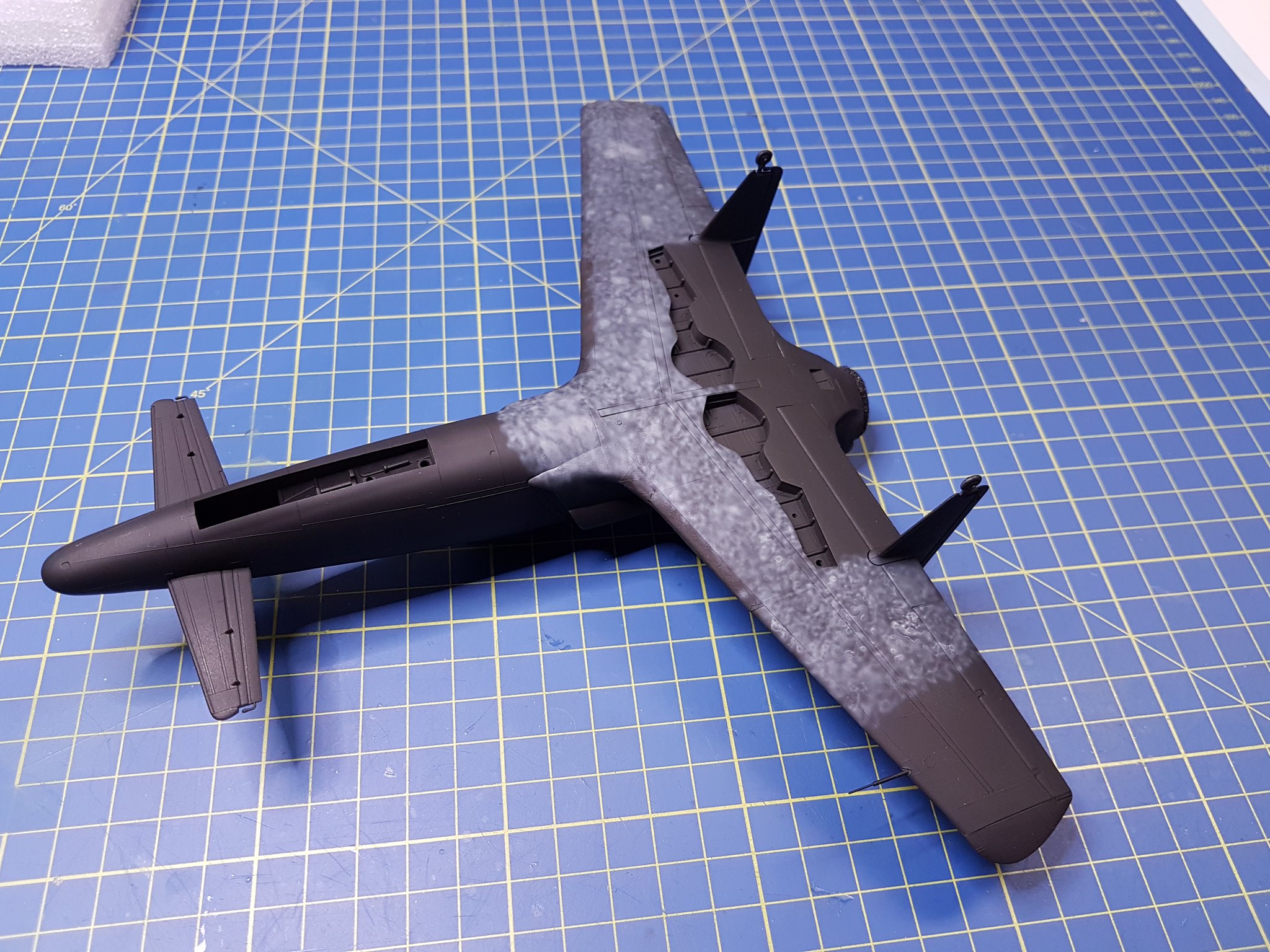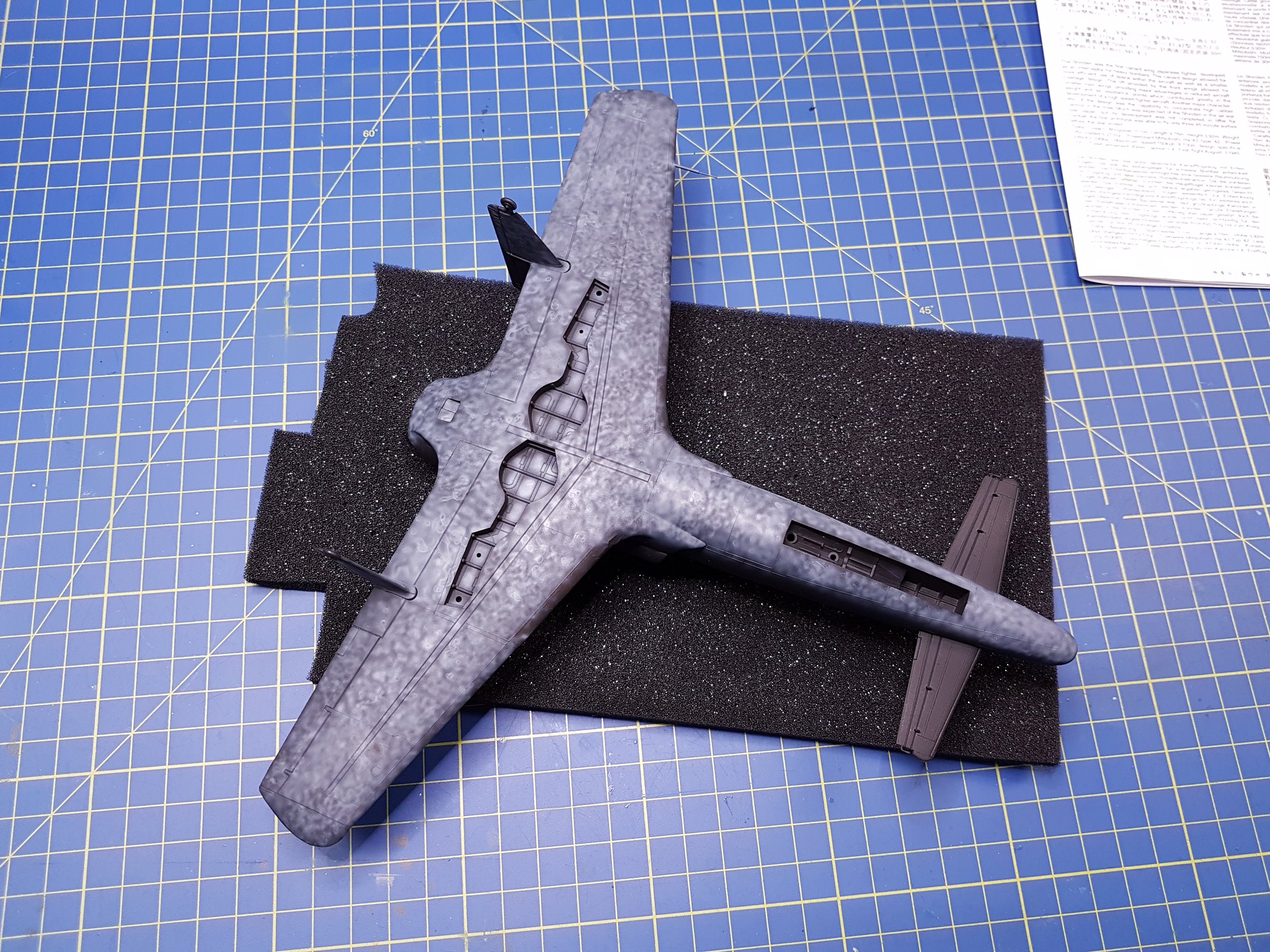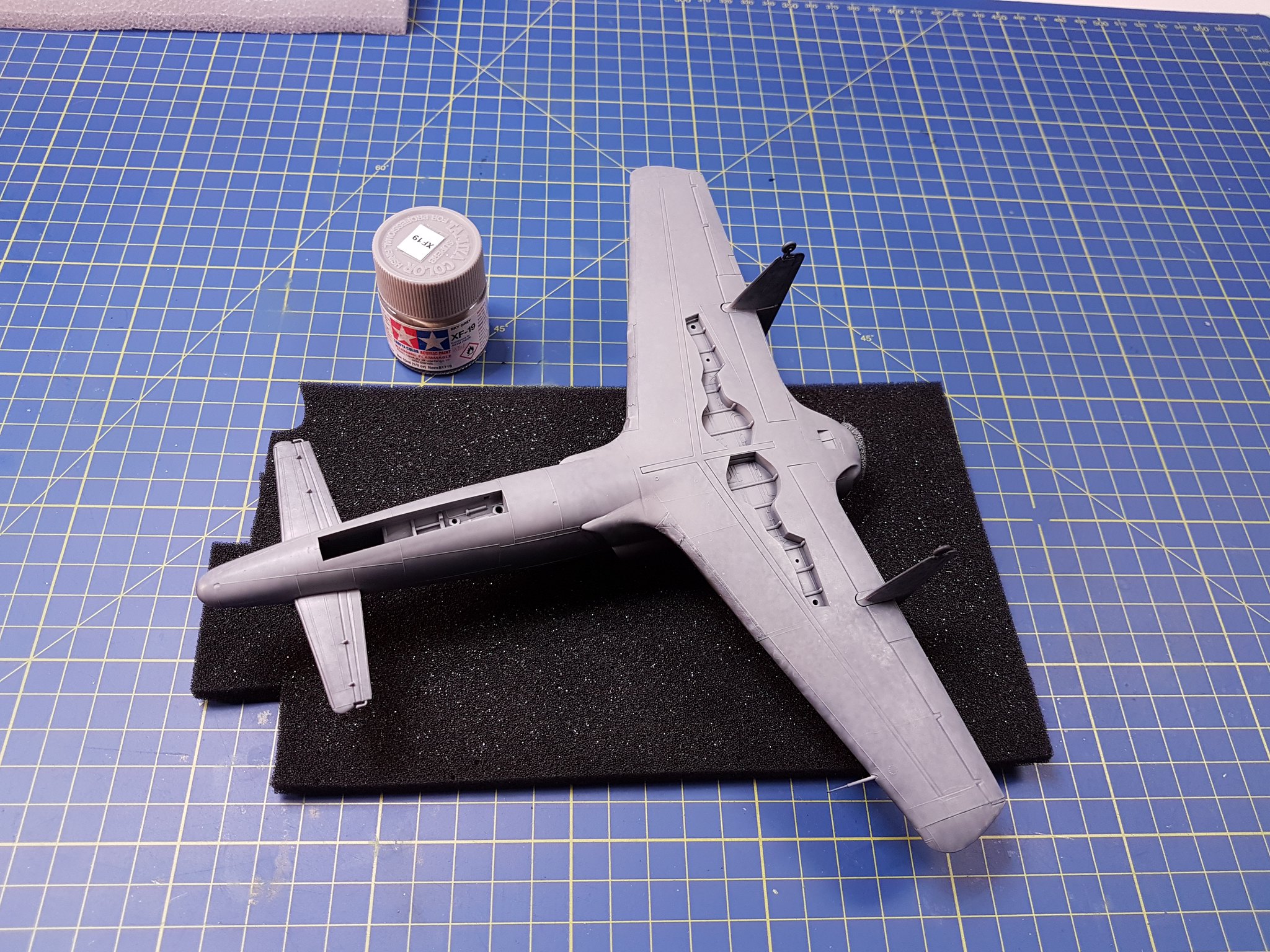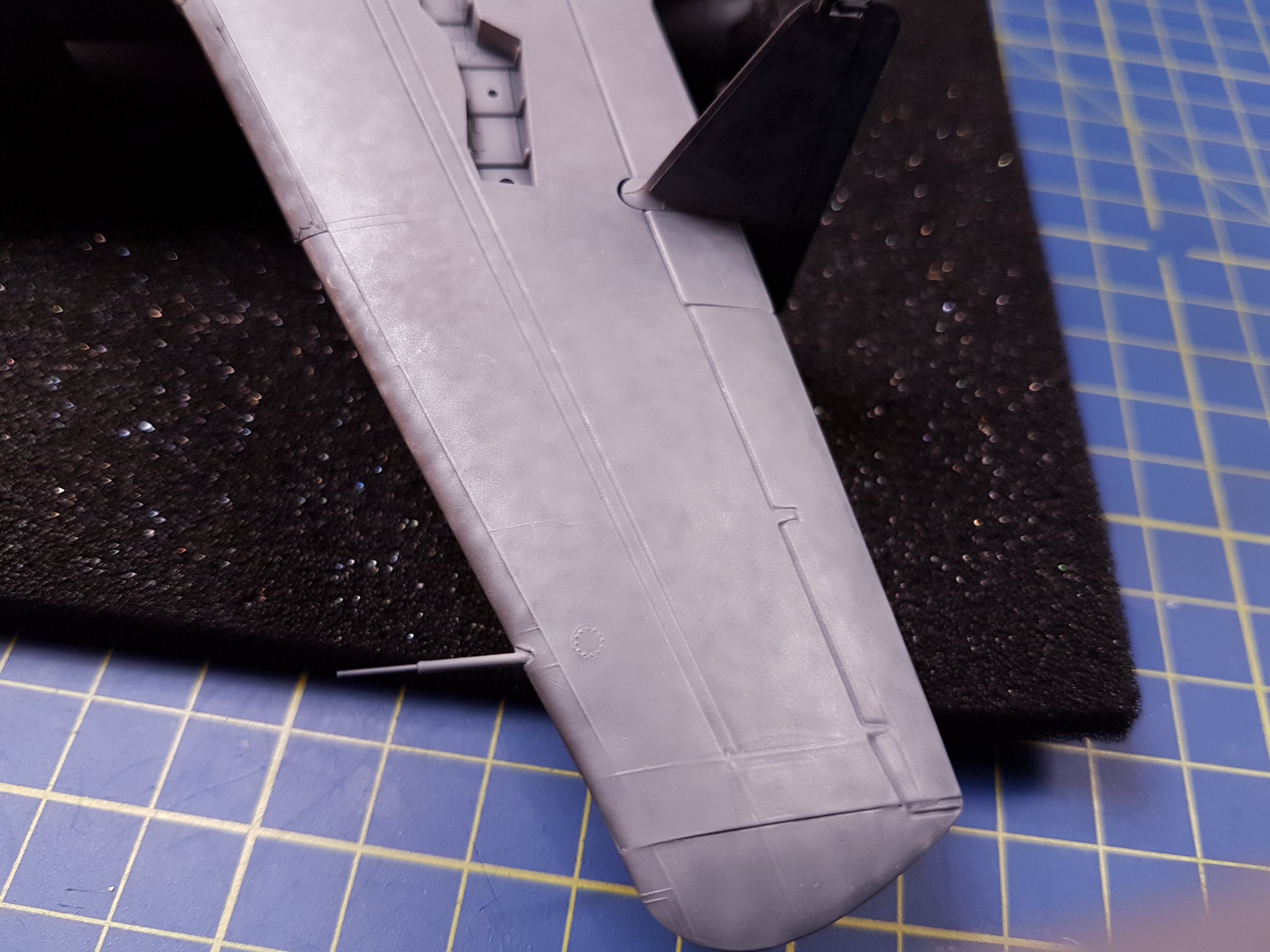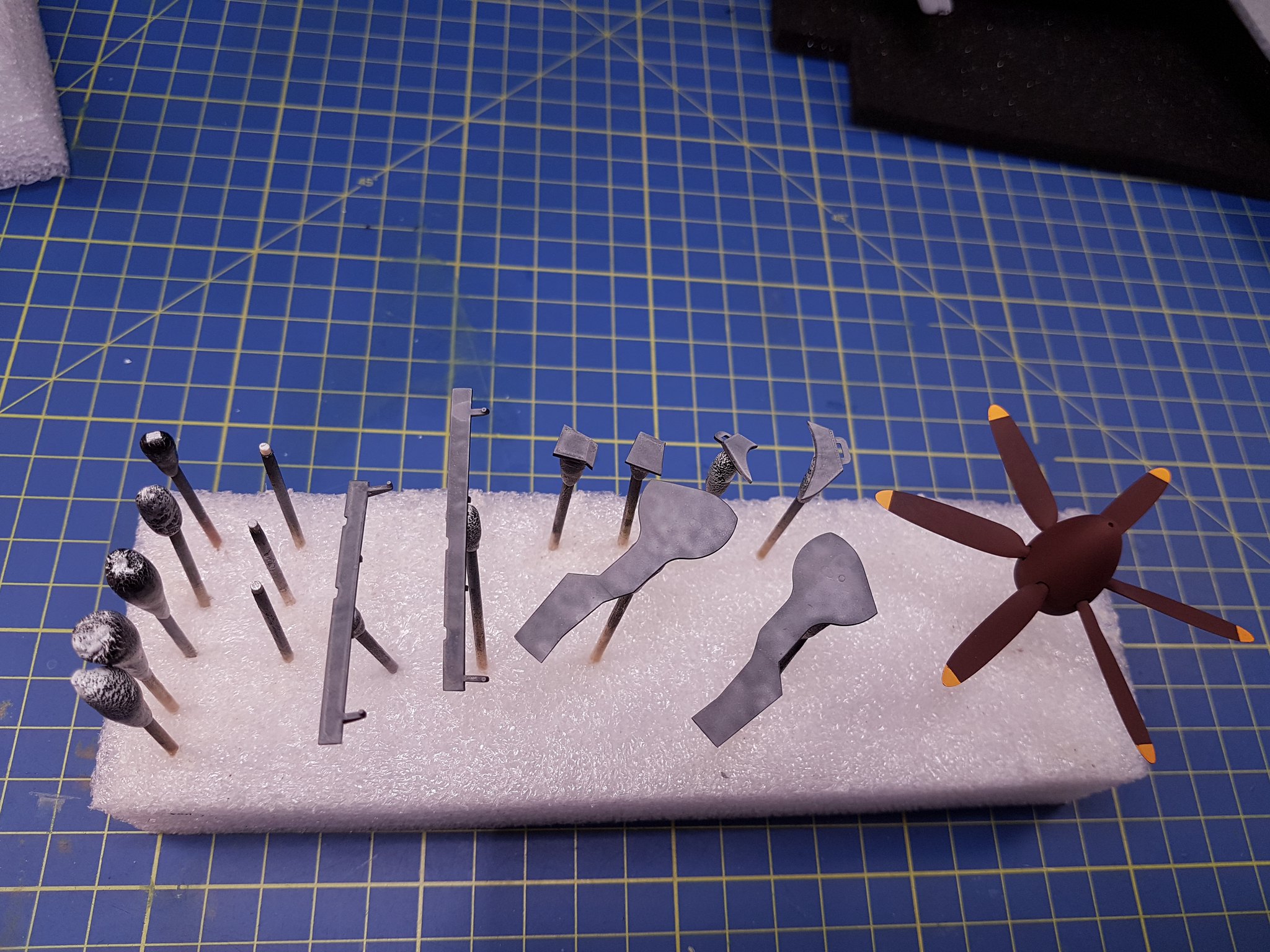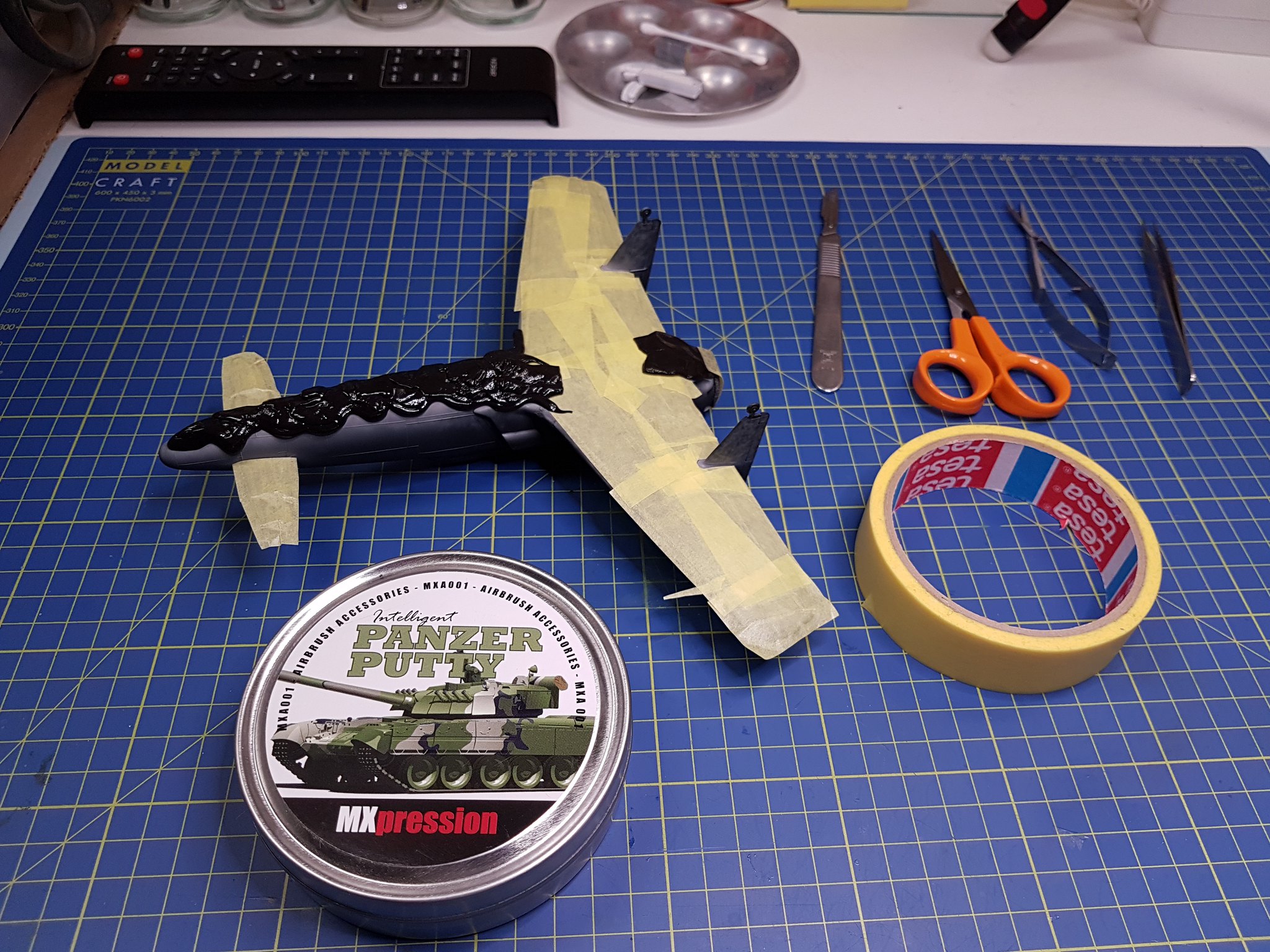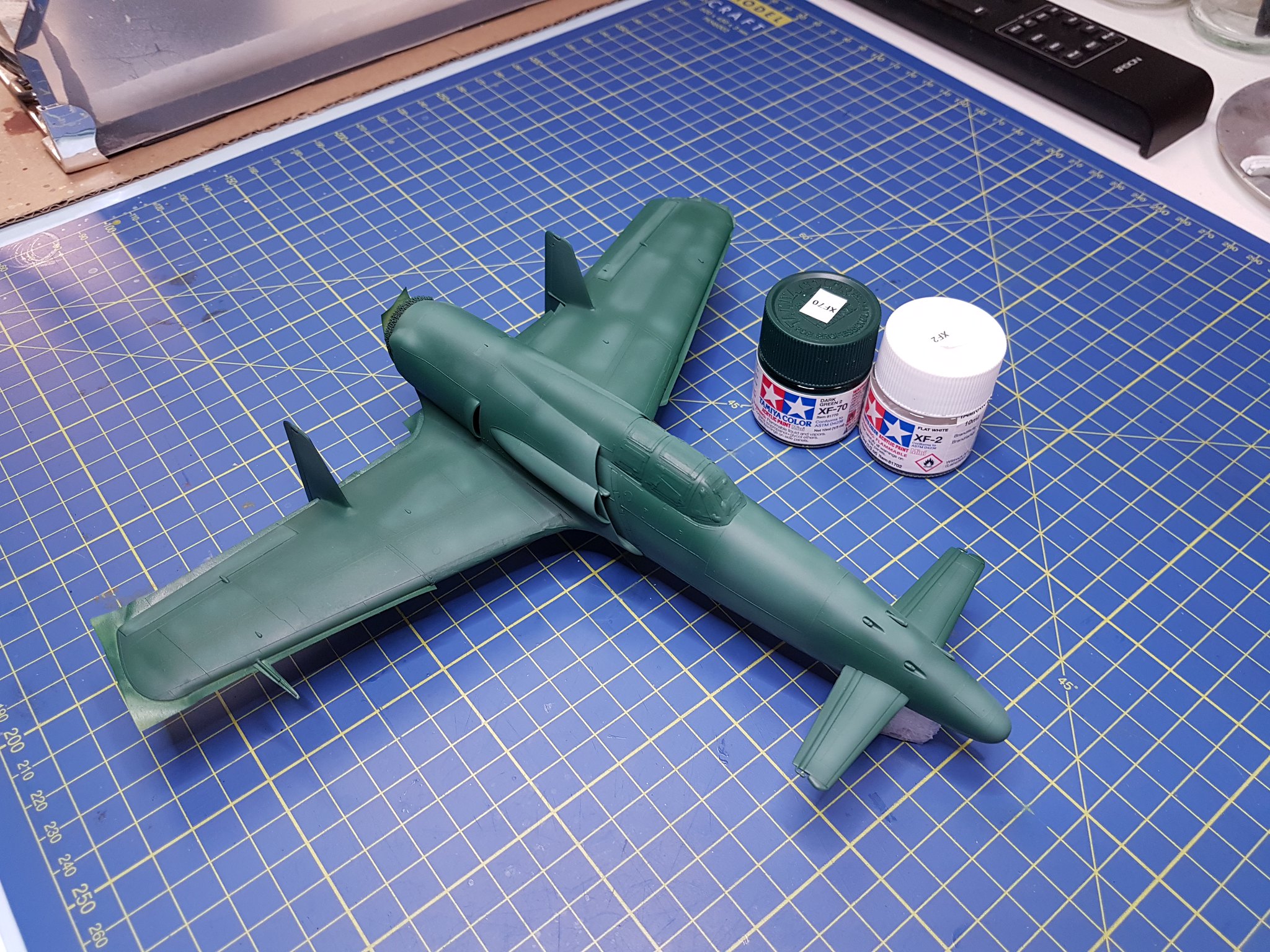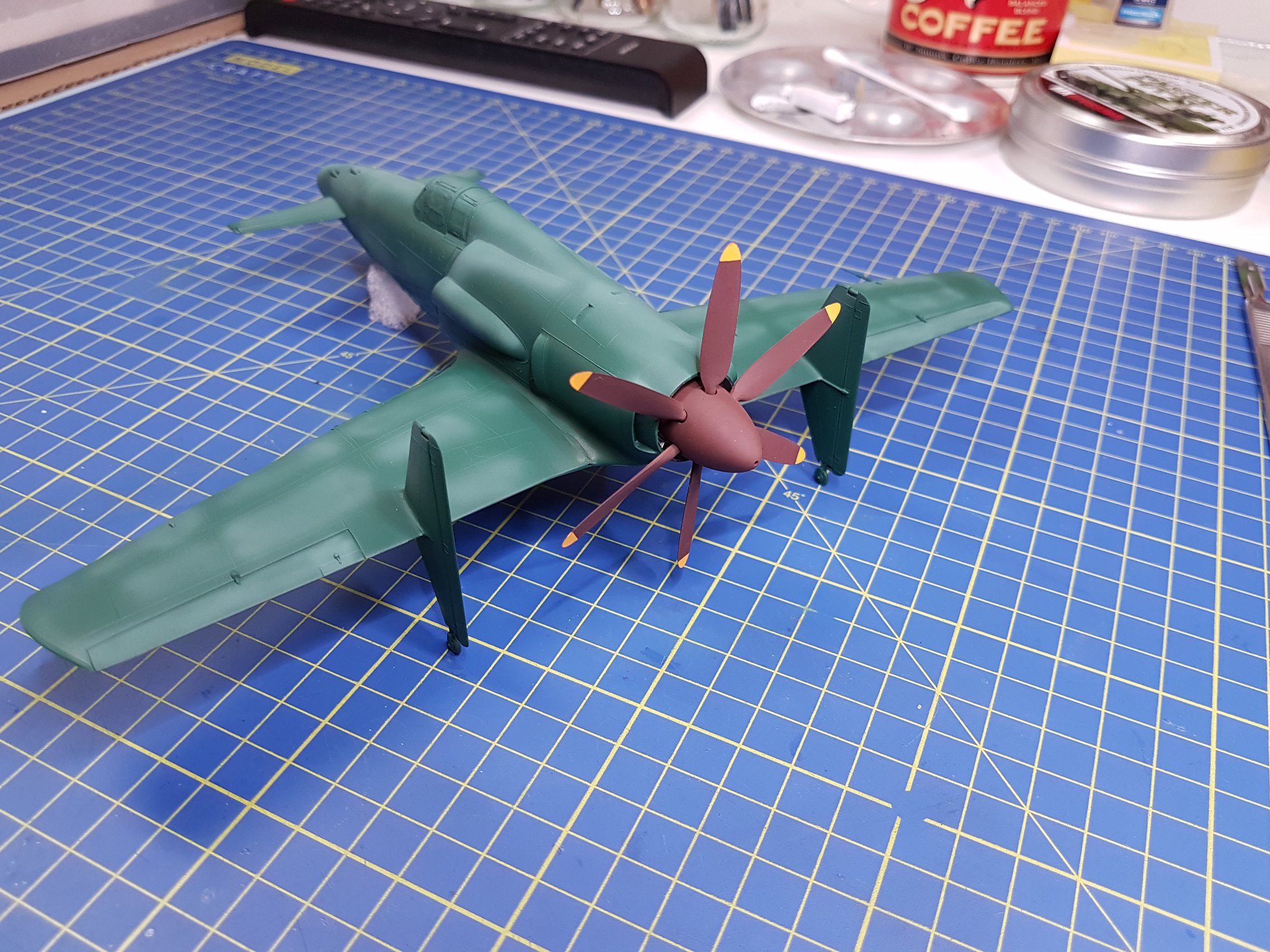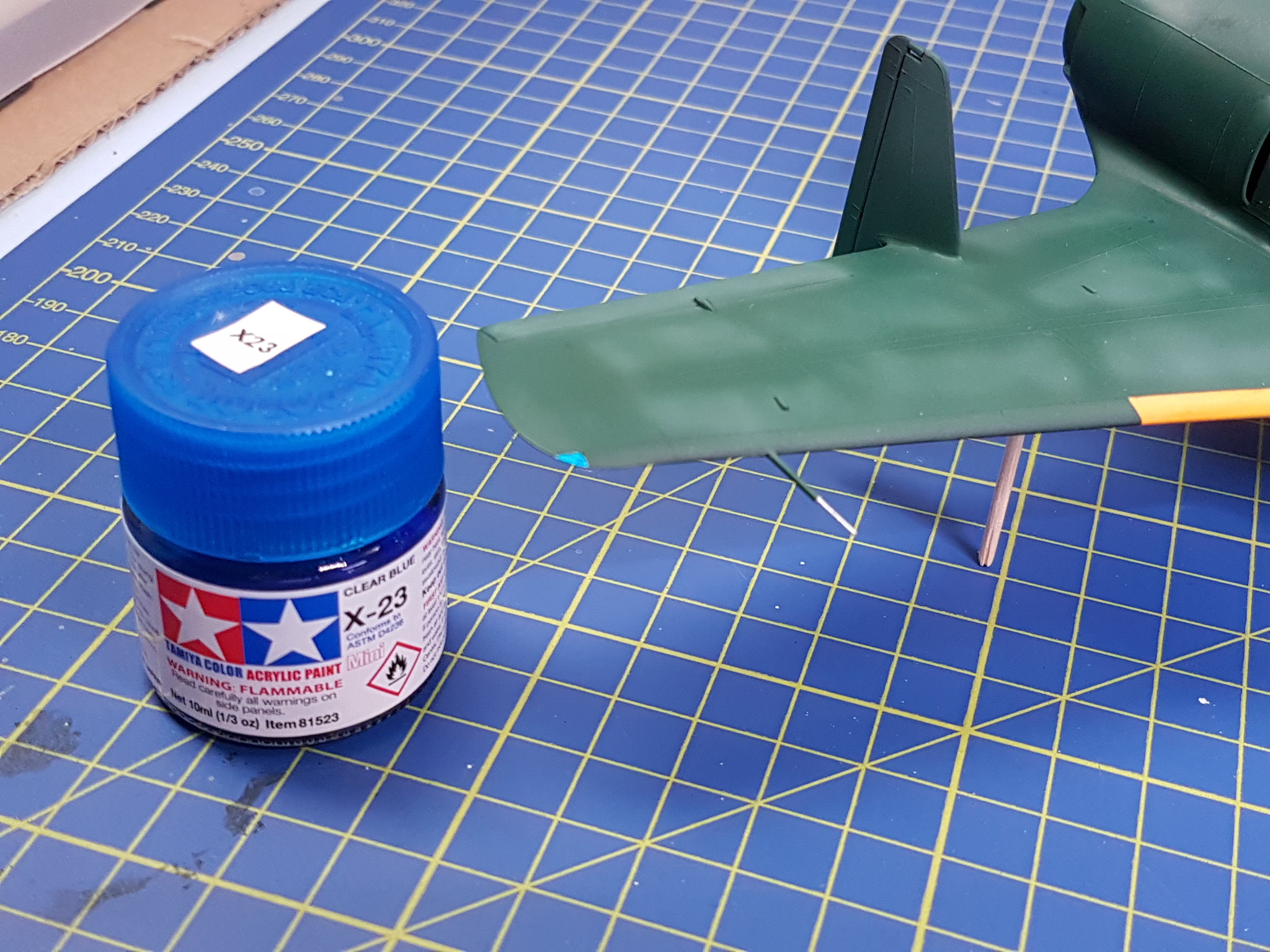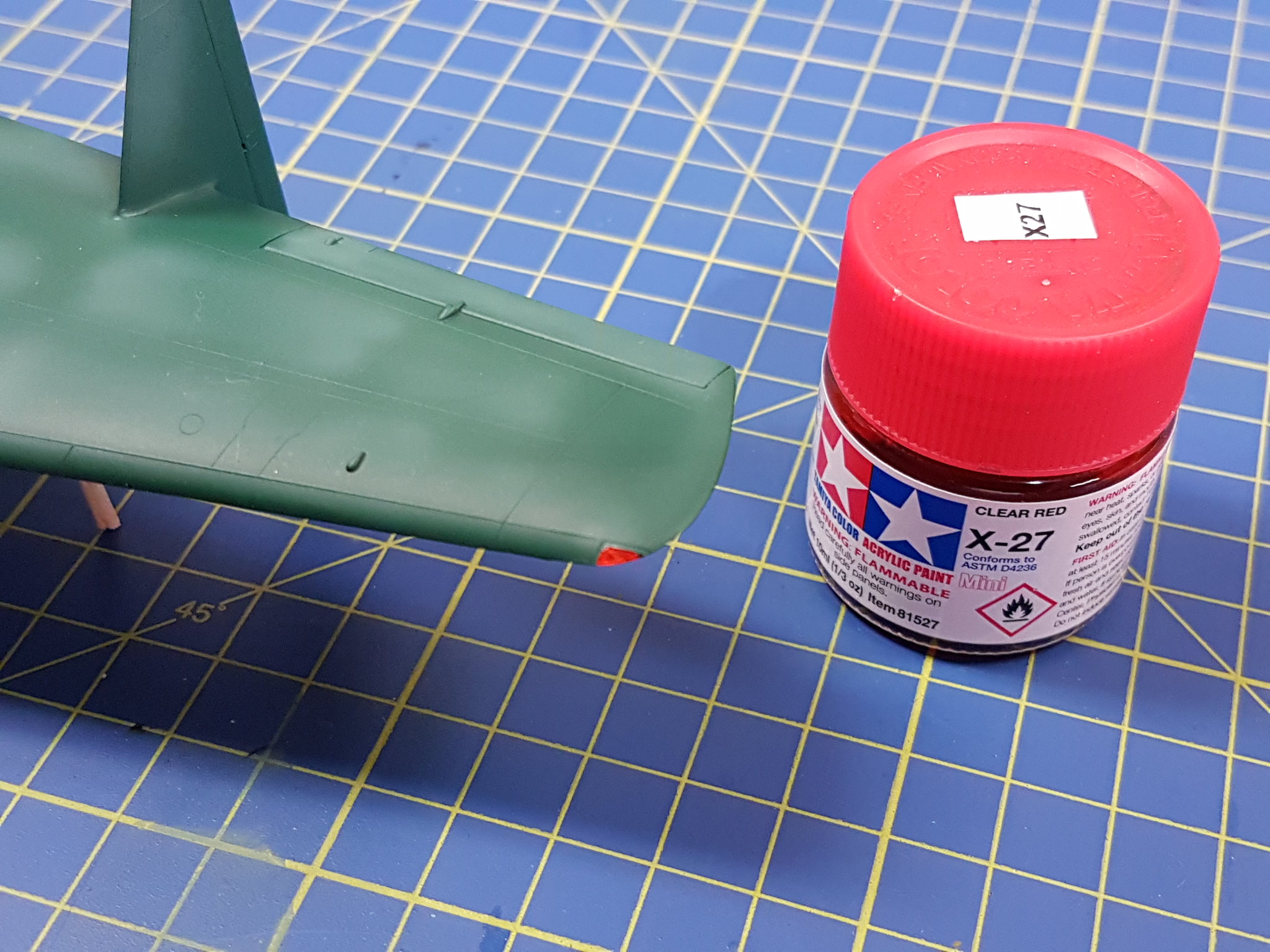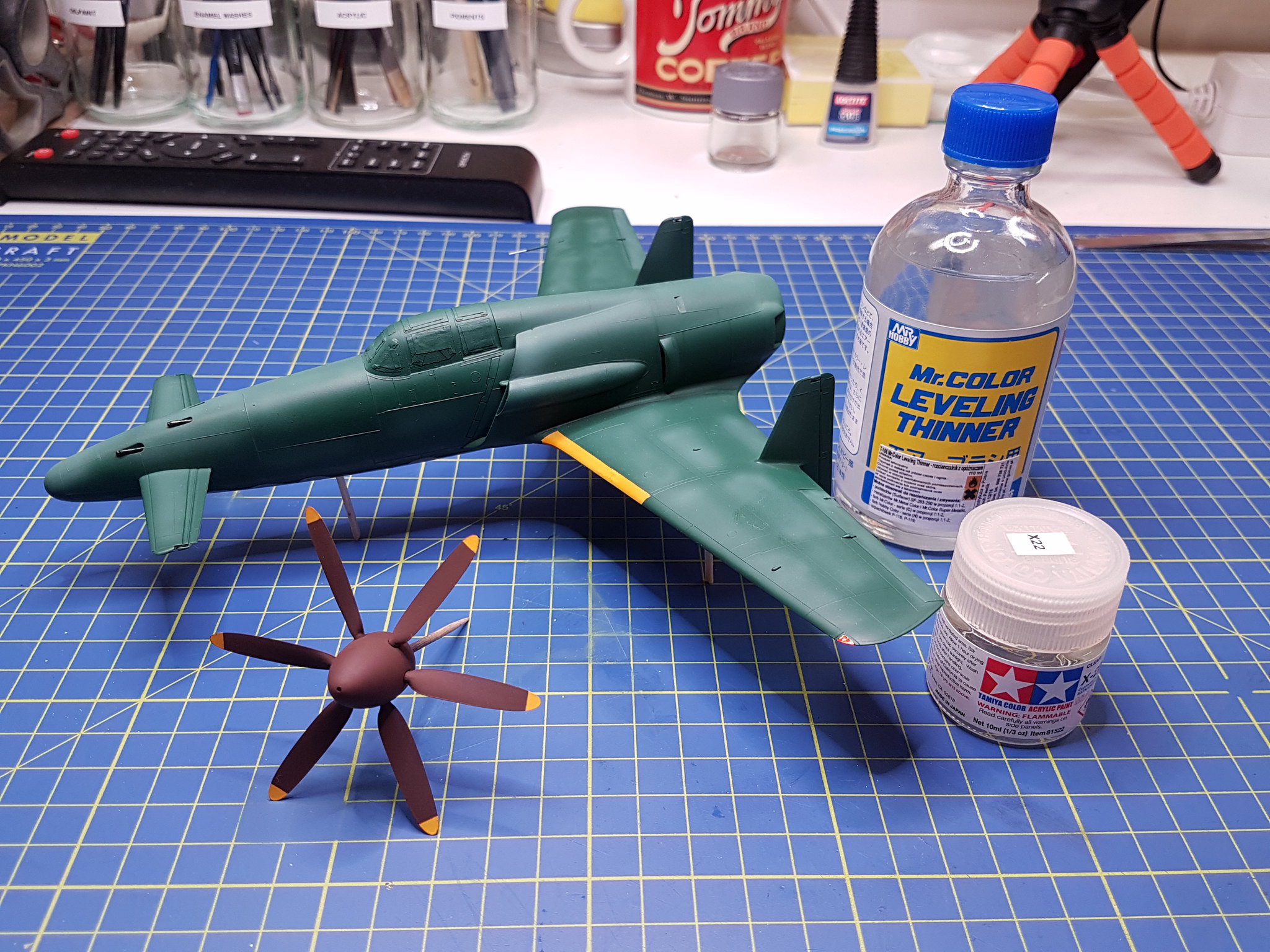Instead of running away to the local hobby store (or the Internet) and buy a new kit for this GB, I thought that I might take something from the stash. So I grabbed the J7W1 Shinden "Magnificent Lightning", since it fits the name criteria and is an awesome looking aircraft.
The kit
Boxart:

Instructions, clear parts and decals:
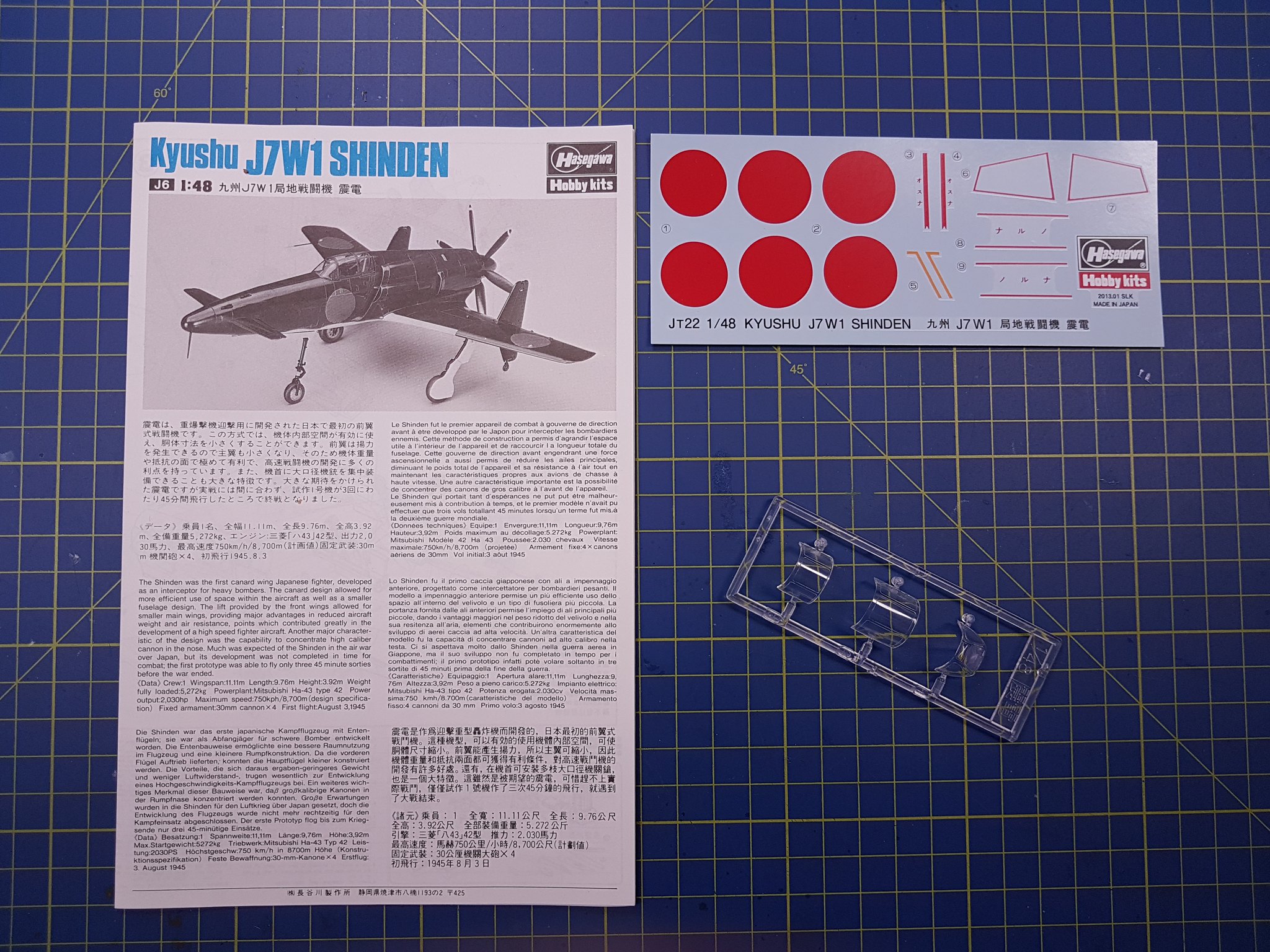
Sprues:
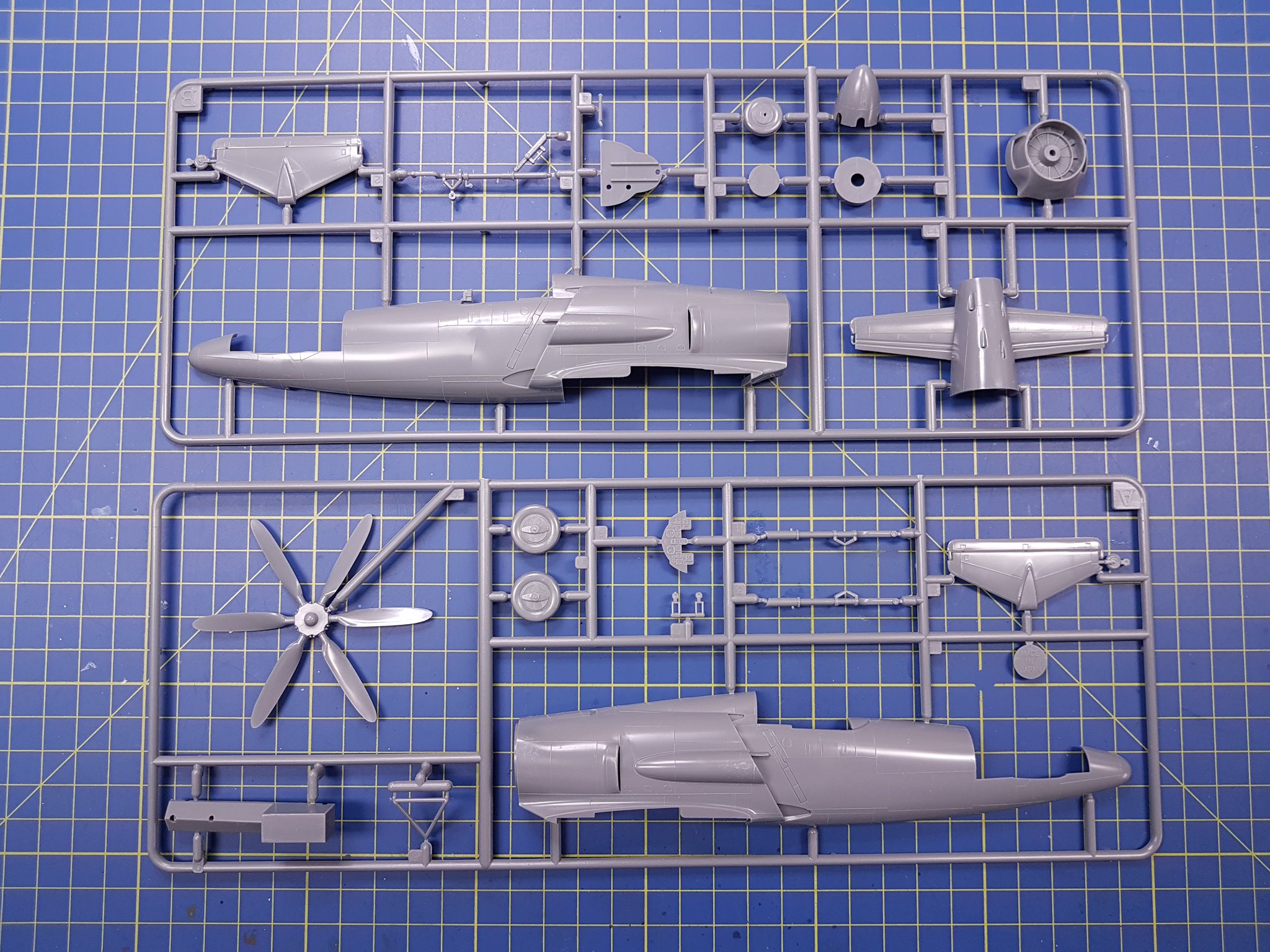
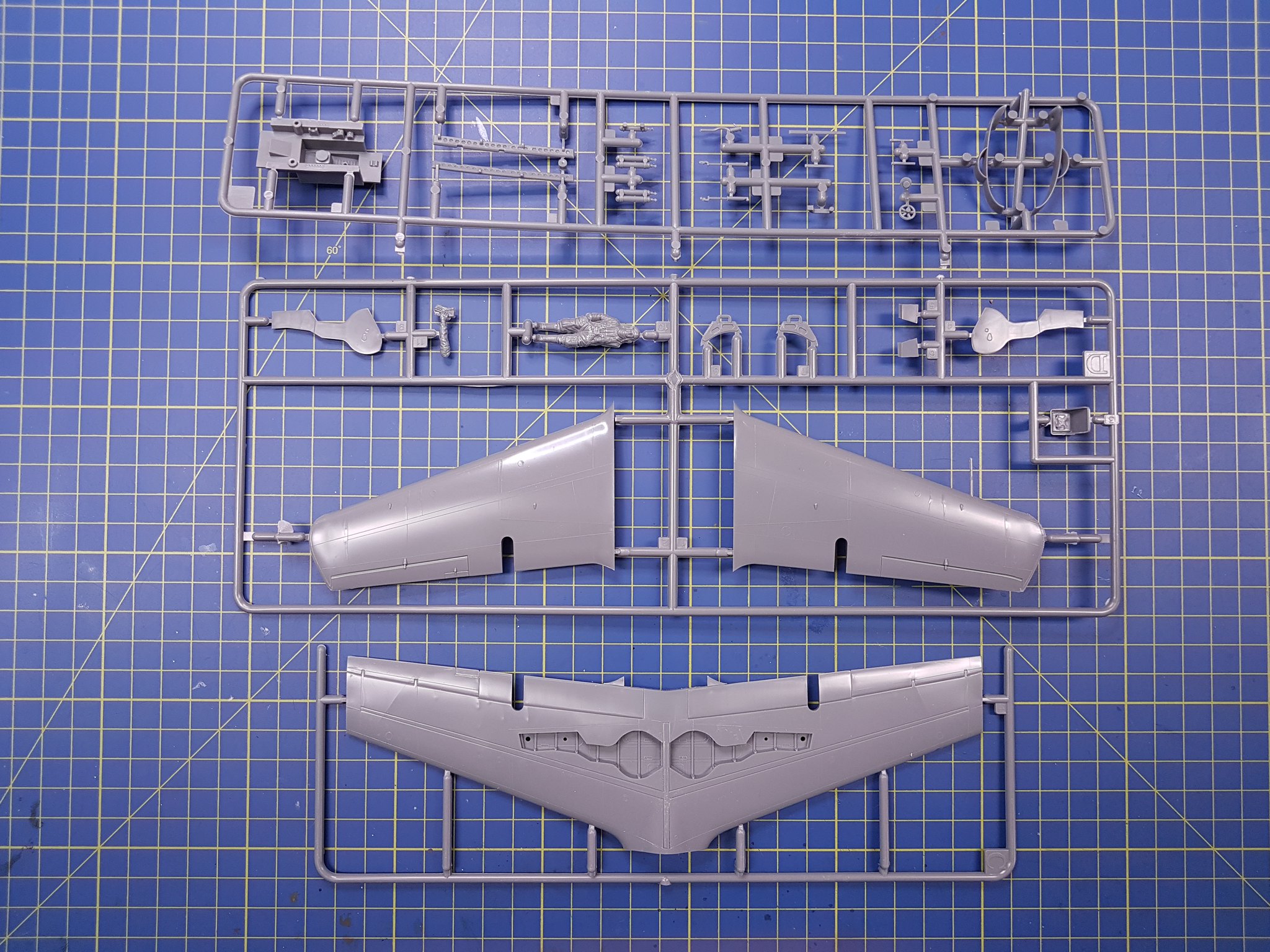
Background
The Kyūshū J7W1 Shinden (震電, "Magnificent Lightning") fighter was a World War II Japanese propeller-driven aircraft prototype with wings at the rear of the fuselage, a nose mounted canard, and pusher engine.
Developed by the Imperial Japanese Navy (IJN) as a short-range, land-based interceptor, the J7W was a response to Boeing B-29 Superfortress raids on the Japanese home islands. For interception missions, the J7W was to be armed with four forward-firing 30 mm cannons in the nose.
The Shinden was expected to be a highly maneuverable interceptor, but only two prototypes were finished before the end of war. A jet engine–powered version was considered, but never even reached the drawing board.

The construction of the first two prototypes started in earnest by June 1944, stress calculations were finished by January 1945, and the first prototype was completed in April 1945. The 2,130 hp Mitsubishi MK9D (Ha-43) radial engine and its supercharger were installed behind the cockpit and drove a six-bladed propeller via an extension shaft. Engine cooling was to be provided by long, narrow, obliquely mounted intakes on the side of the fuselage. It was this configuration that caused cooling problems while running the engine while it was still on the ground. This, together with the unavailability of some equipment parts postponed the first flight of the Shinden.

Even before the first prototype took to the air, the Navy ordered the J7W1 into production,[9] with a quota of 30 Shinden a month given to Kyushu's Zasshonokuma factory and 120 from Nakajima's Handa plant. It was estimated some 1,086 Shinden could be produced between April 1946 and March 1947.
On 3 August 1945, the prototype first flew, with Tsuruno at the controls, from Itazuke Air Base. Two more short flights were made, a total of 45 minutes airborne, one each on the same days as the atomic bombings of Hiroshima and Nagasaki occurred, before the war's end. Flights were successful, but showed a marked torque pull to starboard (due to the powerful engine), some flutter of the propeller blades, and vibration in the extended drive shaft.

The two prototypes were the only examples of the Shinden ever completed. After the end of the war, one was scrapped; the other was claimed by a U.S. Navy Technical Air Intelligence Unit in late 1945, dismantled, and shipped to the United States.
The sole surviving J7W1 was reassembled, but has never been flown in the United States; the USN transferred it to the Smithsonian Institution in 1960. Its forward fuselage is currently on display at the Steven F. Udvar-Hazy Center annex (at Dulles Airport) of the National Air and Space Museum in Washington DC.
General characteristics
Crew: one, pilot
Length: 9.66 m (31 ft 8 in)
Wingspan: 11.11 m (36 ft 5 in)
Height: 3.92 m (12 ft 10 in)
Wing area: 20.5 m2 (220 ft2)
Empty weight: 3,645 kg (8,019 lb)
Loaded weight: 4,928 kg (10,841 lb)
Max. takeoff weight: 5,288 kg (11,663 lb)
Powerplant: 1 × Mitsubishi Ha-43 12 (MK9D) 18 cylinder air-cooled radial engine, 1,589 kW (2,130 hp)
Performance
Maximum speed: 750 km/h (469 mph)
Range: 850 km (half load) (531 miles)
Service ceiling: 12,000 m (39,360 ft)
Rate of climb: 1350 m/min (4429 ft/min)
Wing loading: 240.4 kg/m2 (49.1 lb/ft2)
Power/mass: 0.32 kW/kg (0.20 hp/lb)
Armament
Guns: 4× 30 mm Type 5 cannon 240 rds, 60 rpg
Bombs: 4× 30 kg or 4× 60 kg
Tommy













